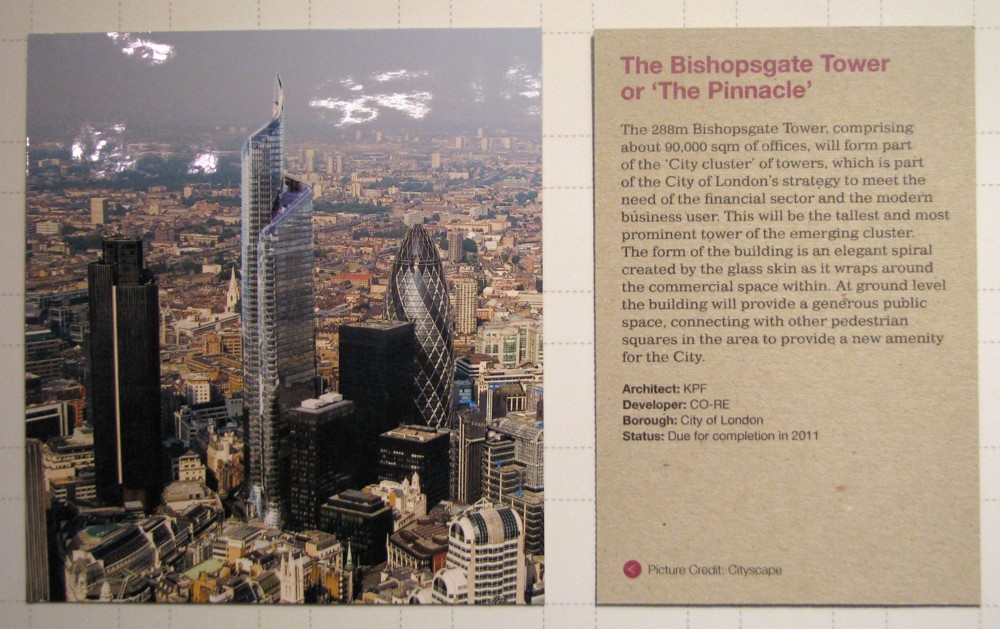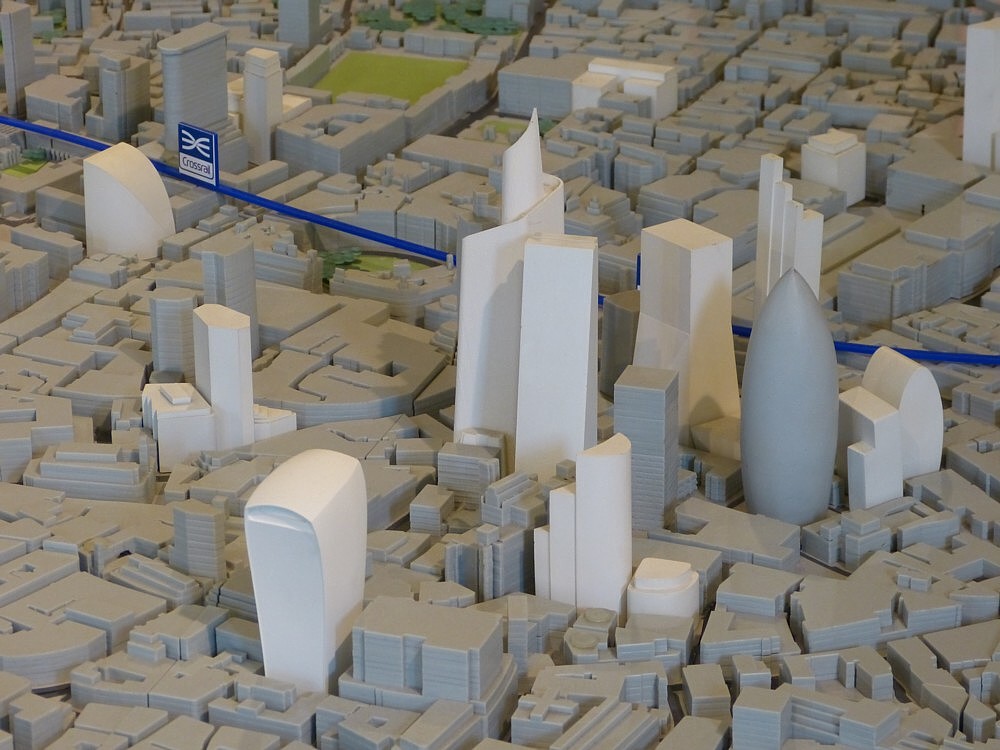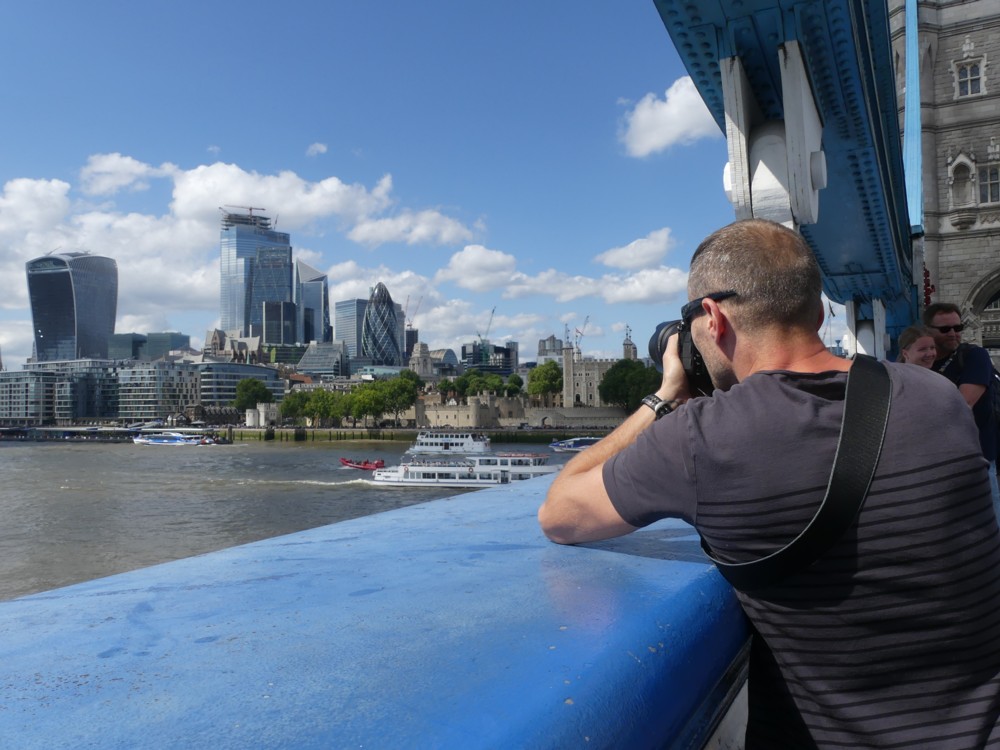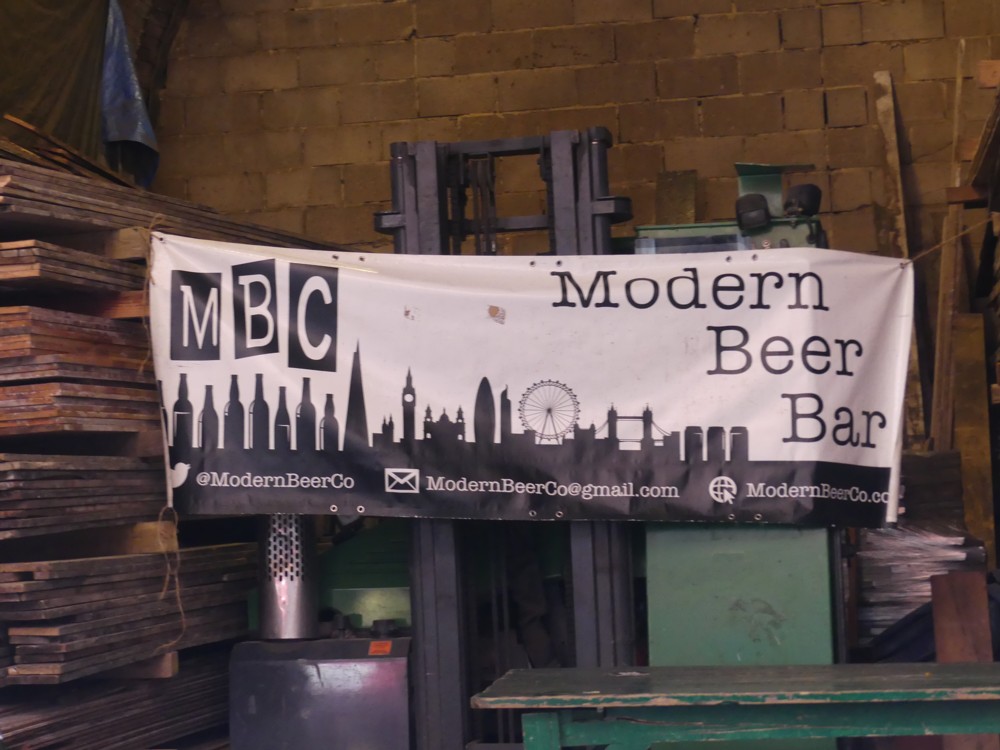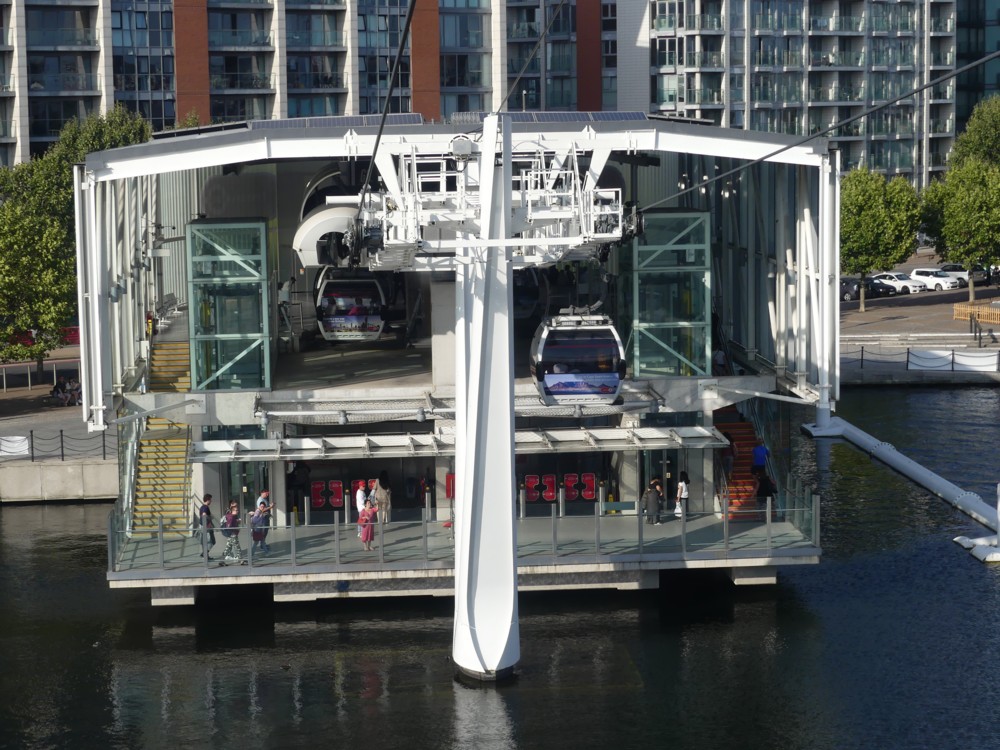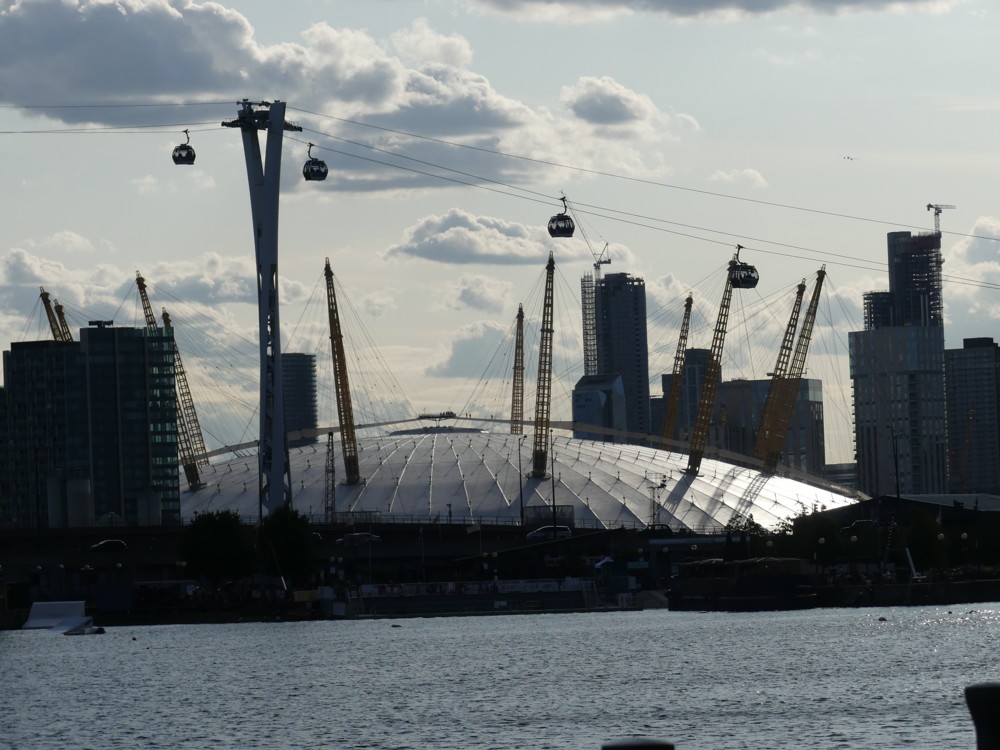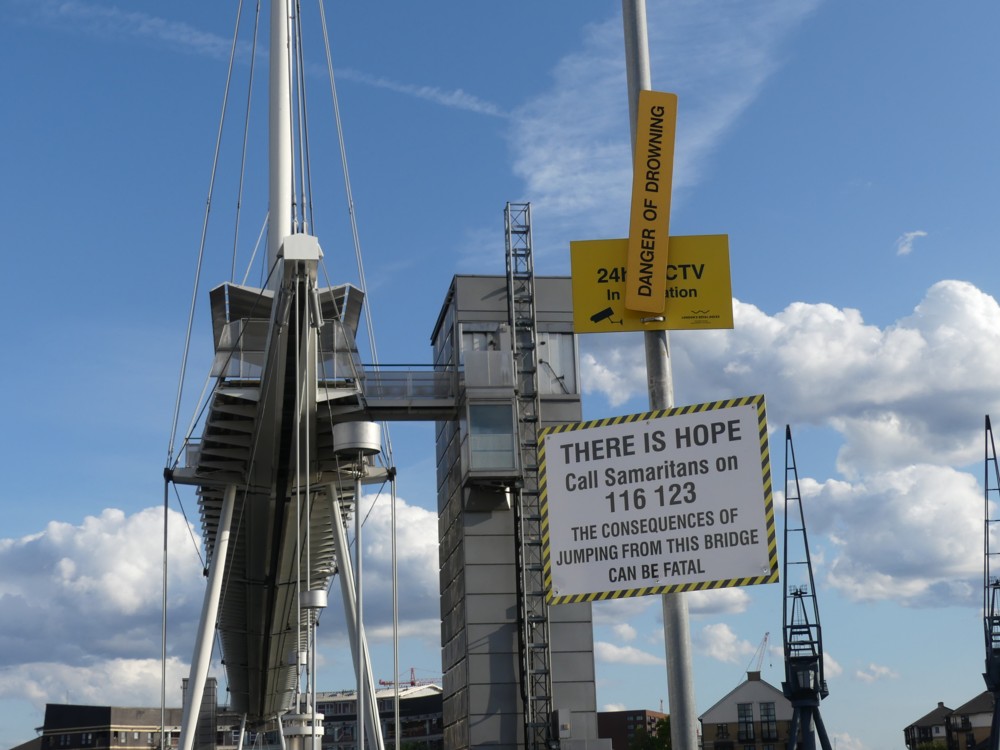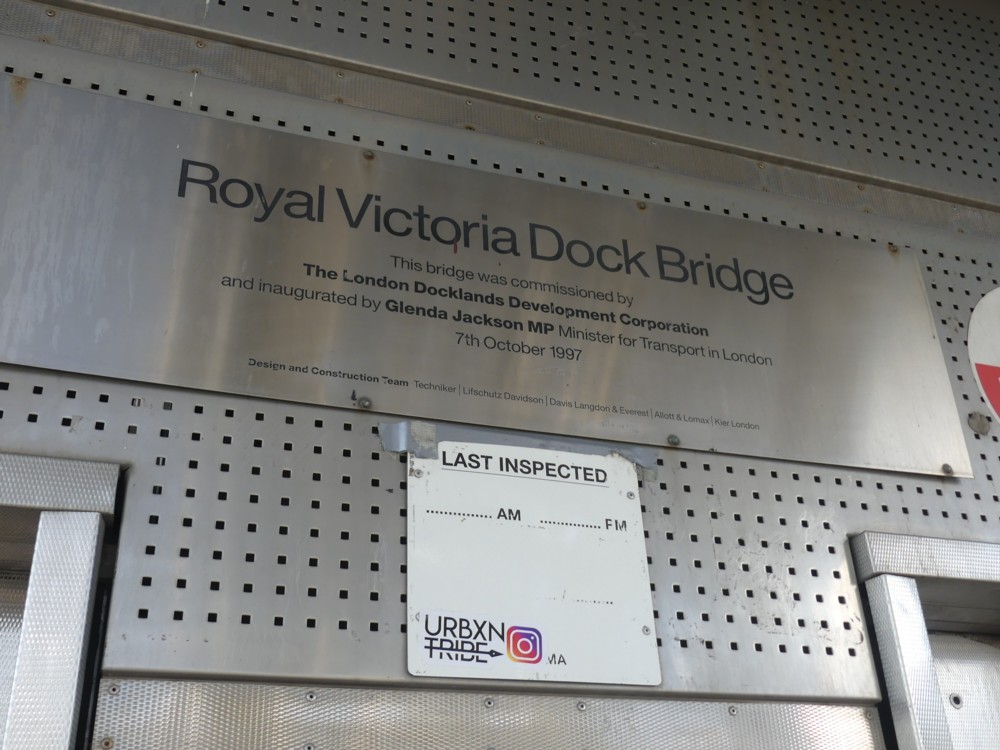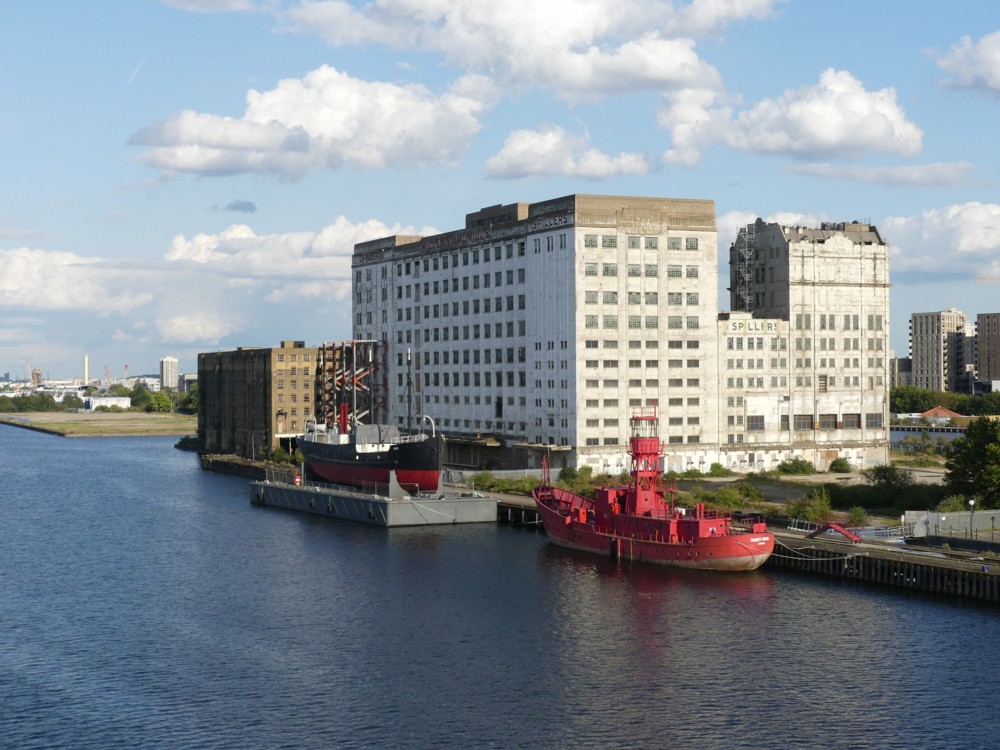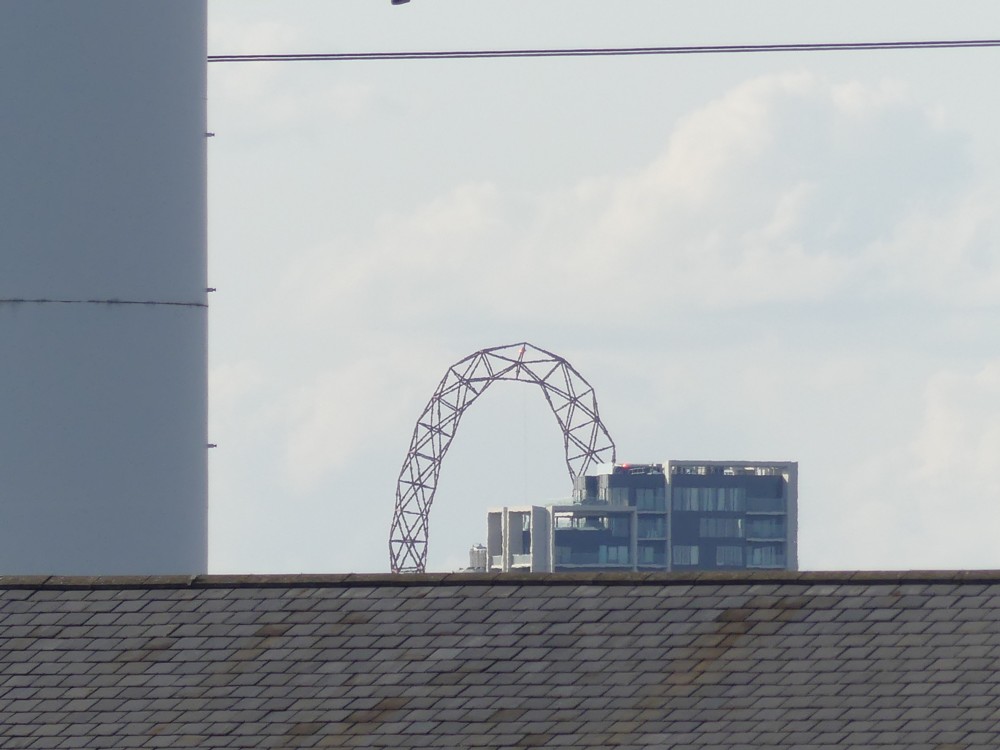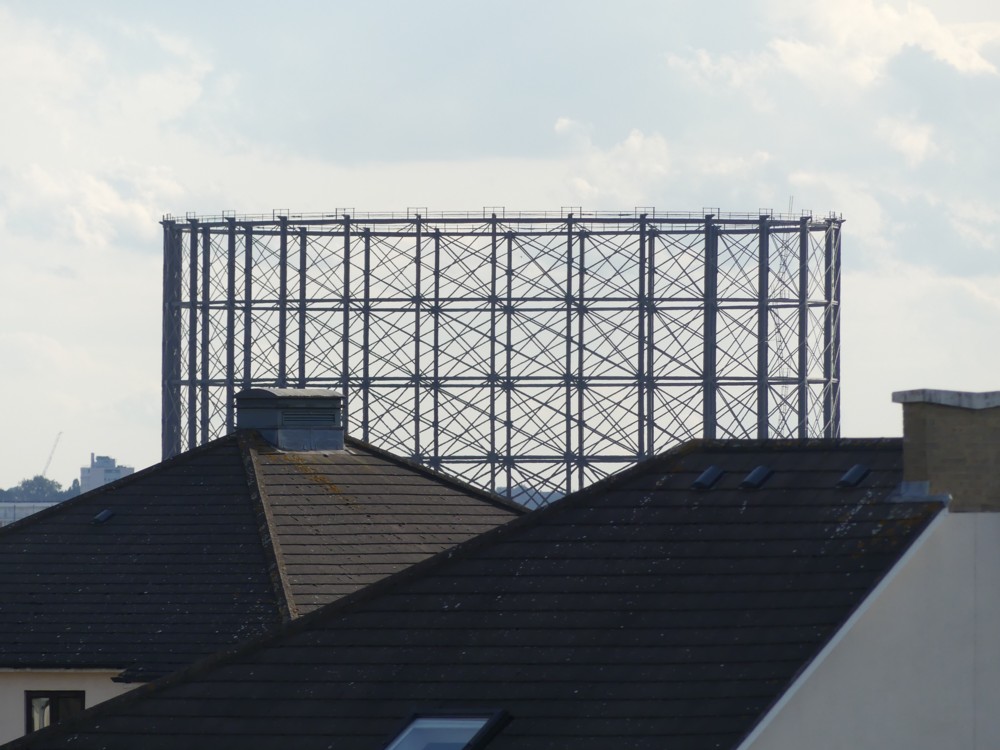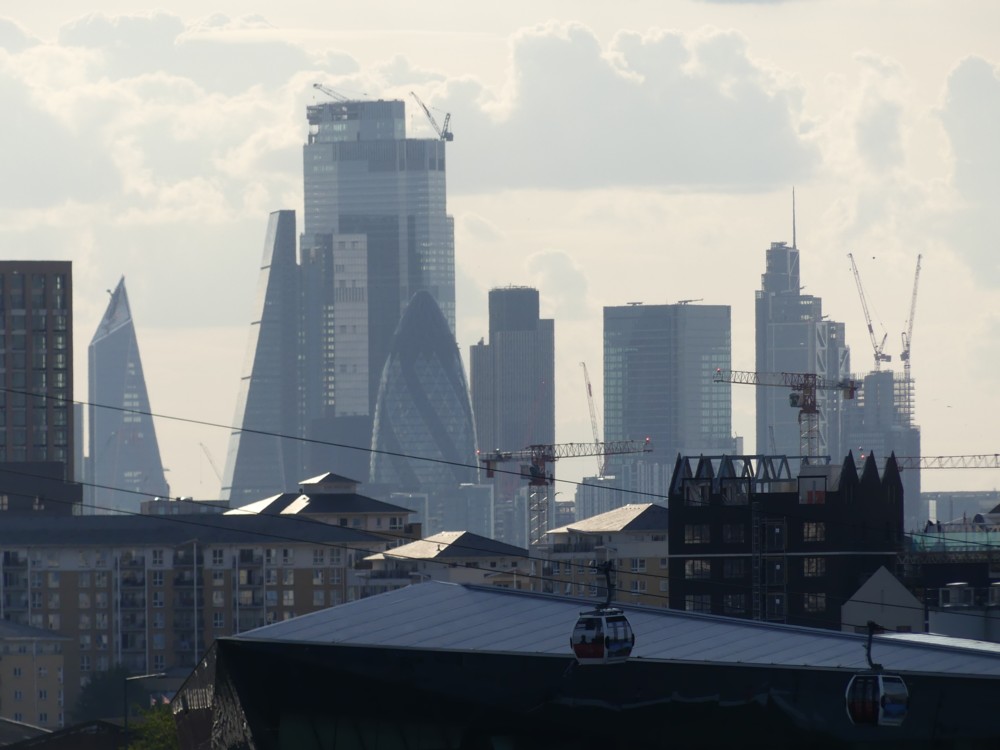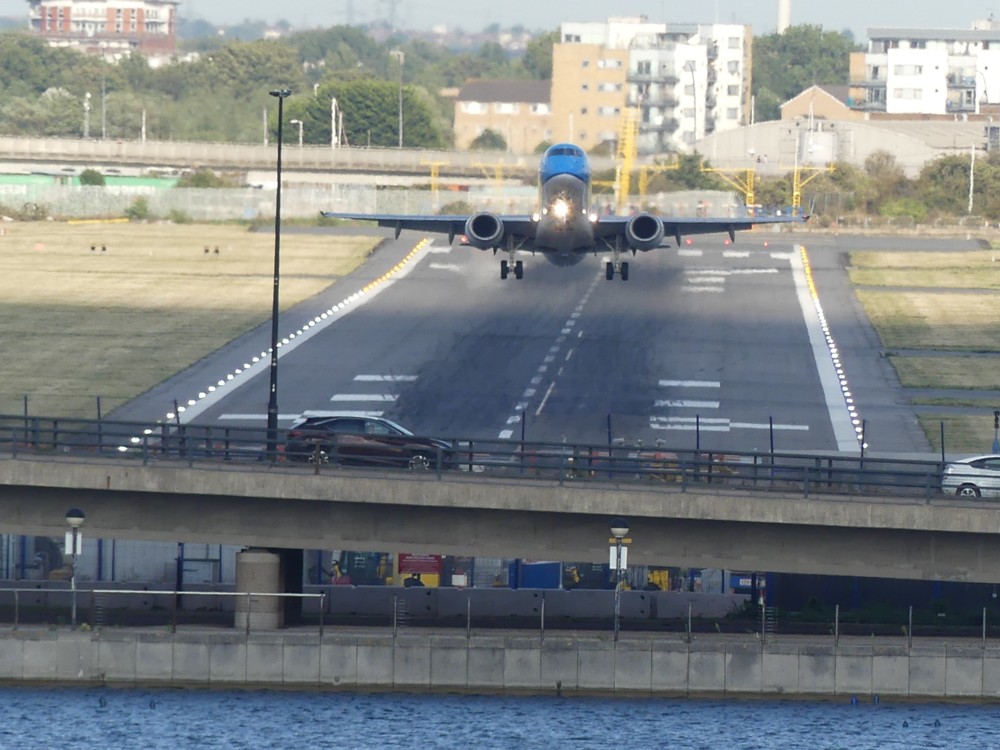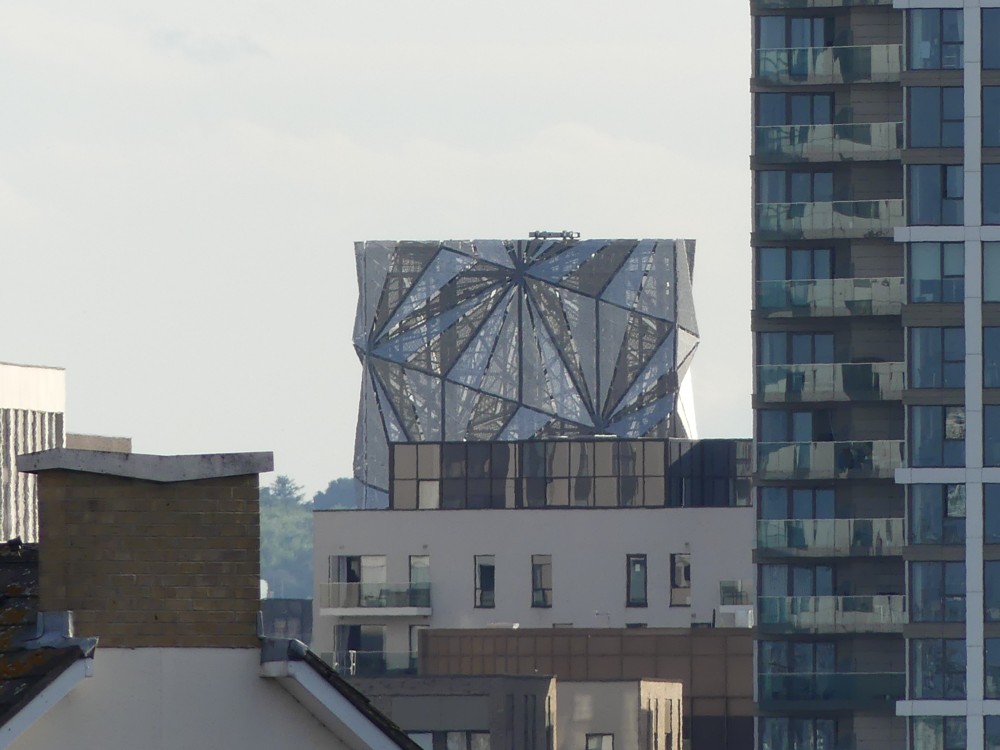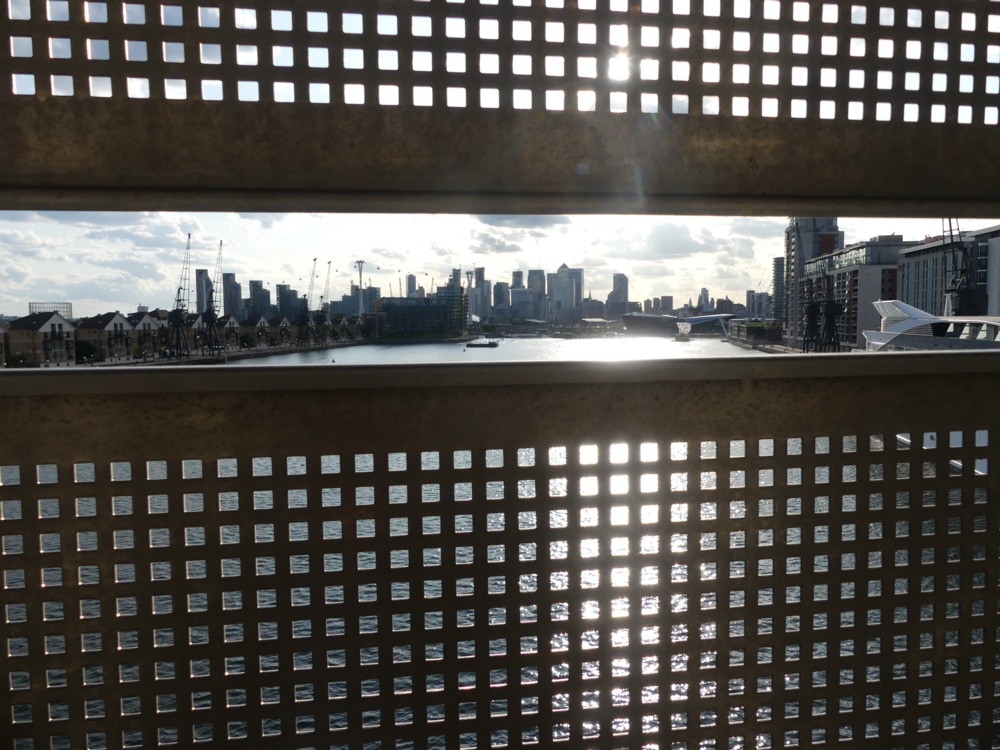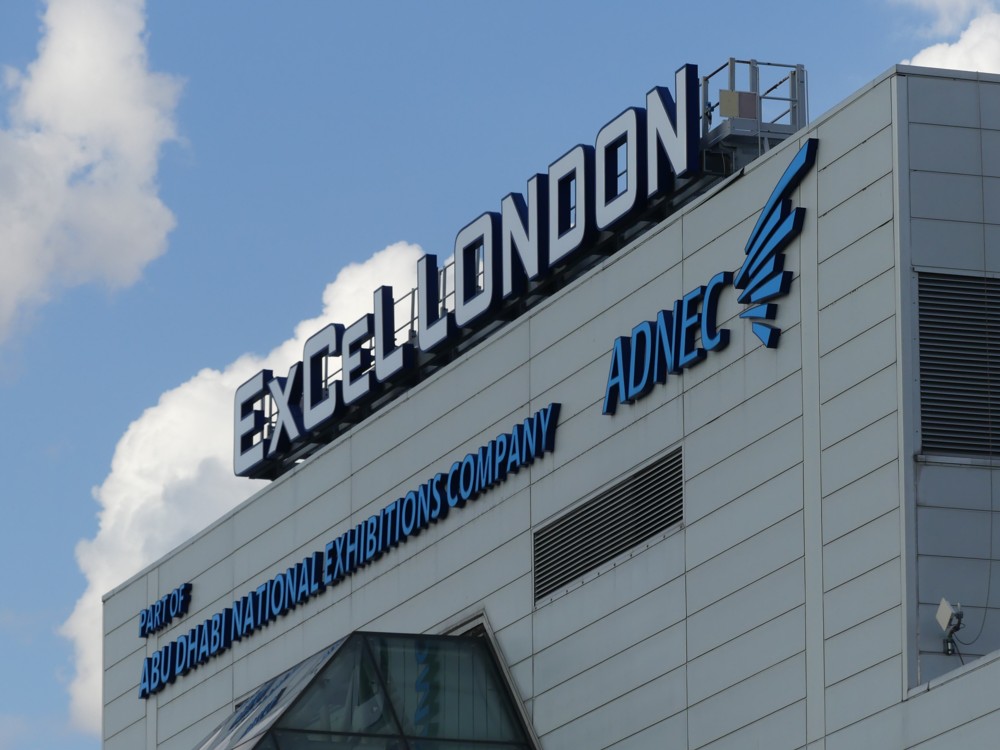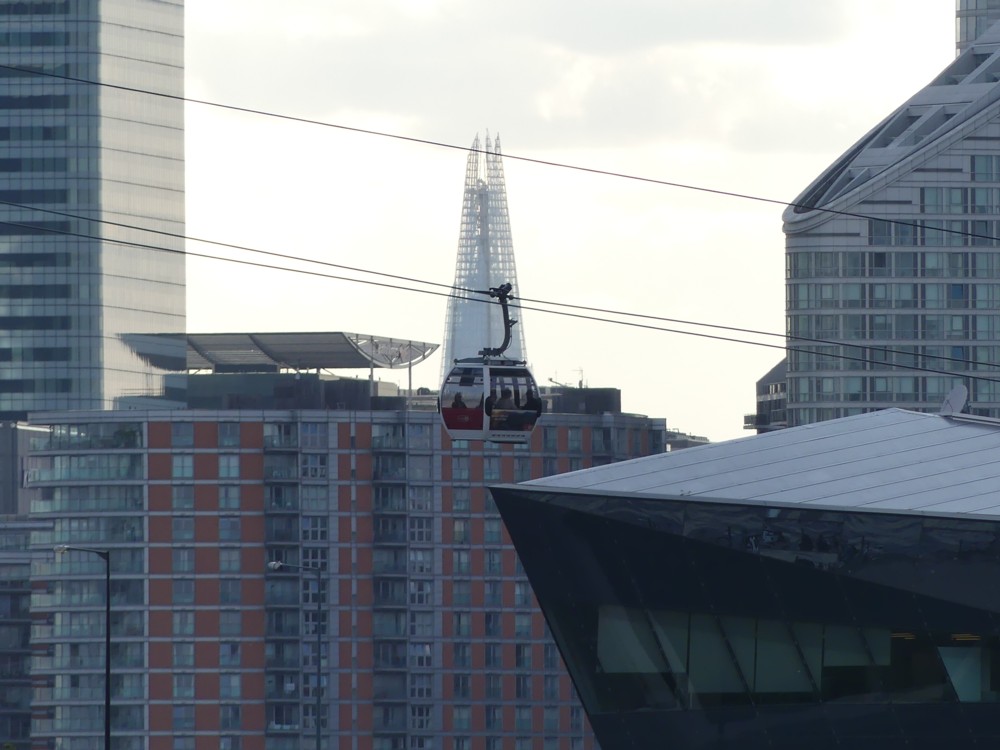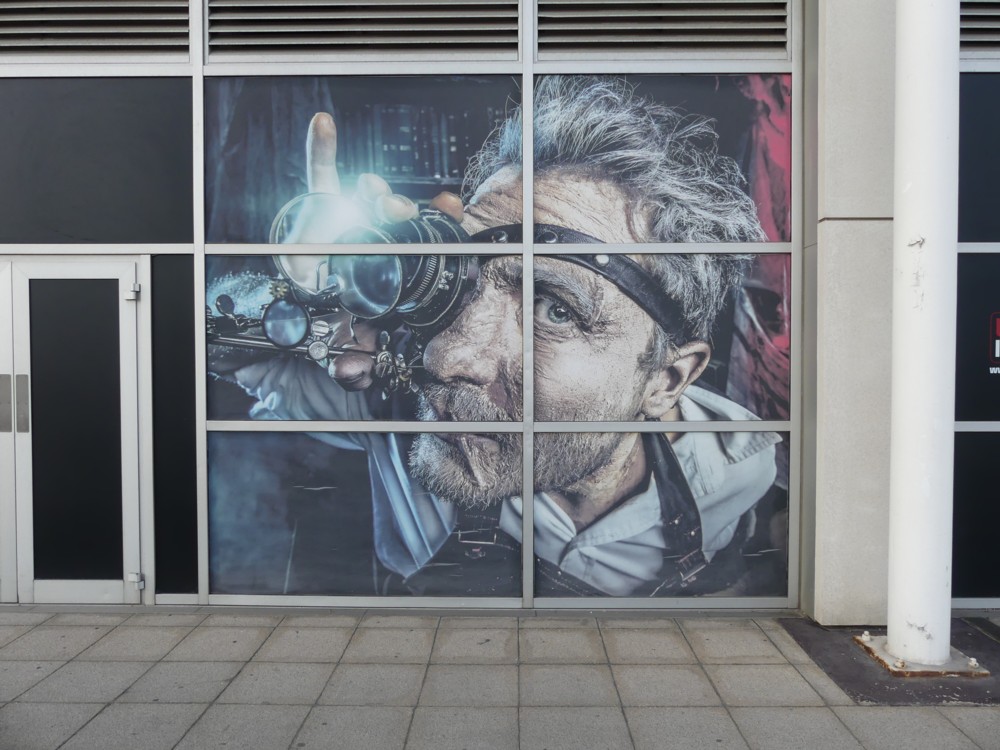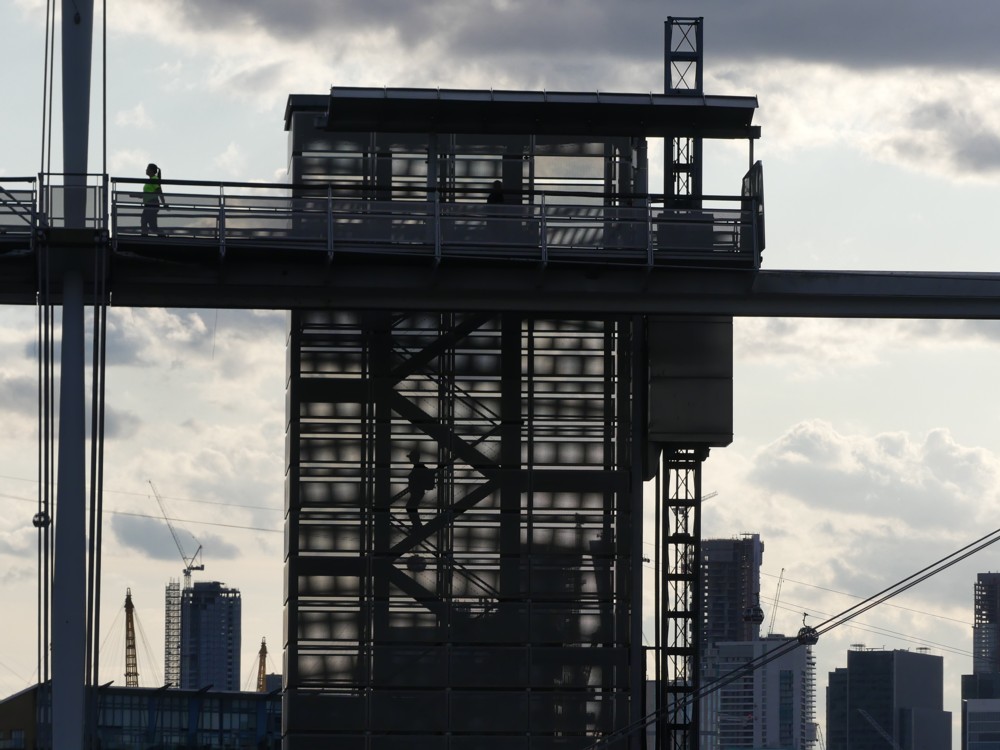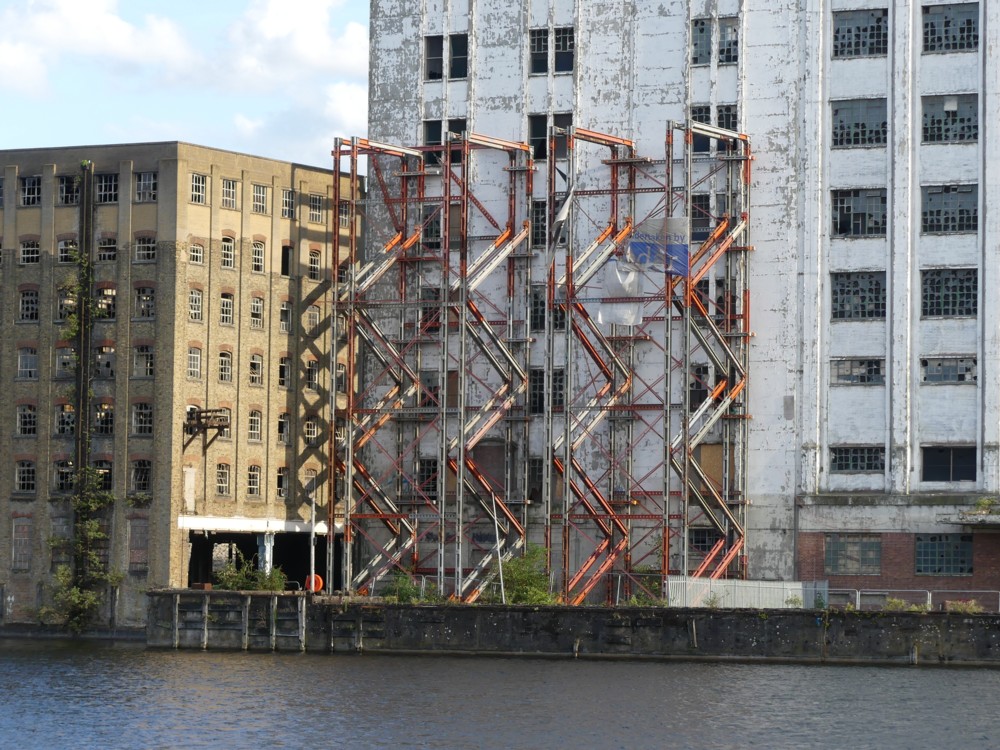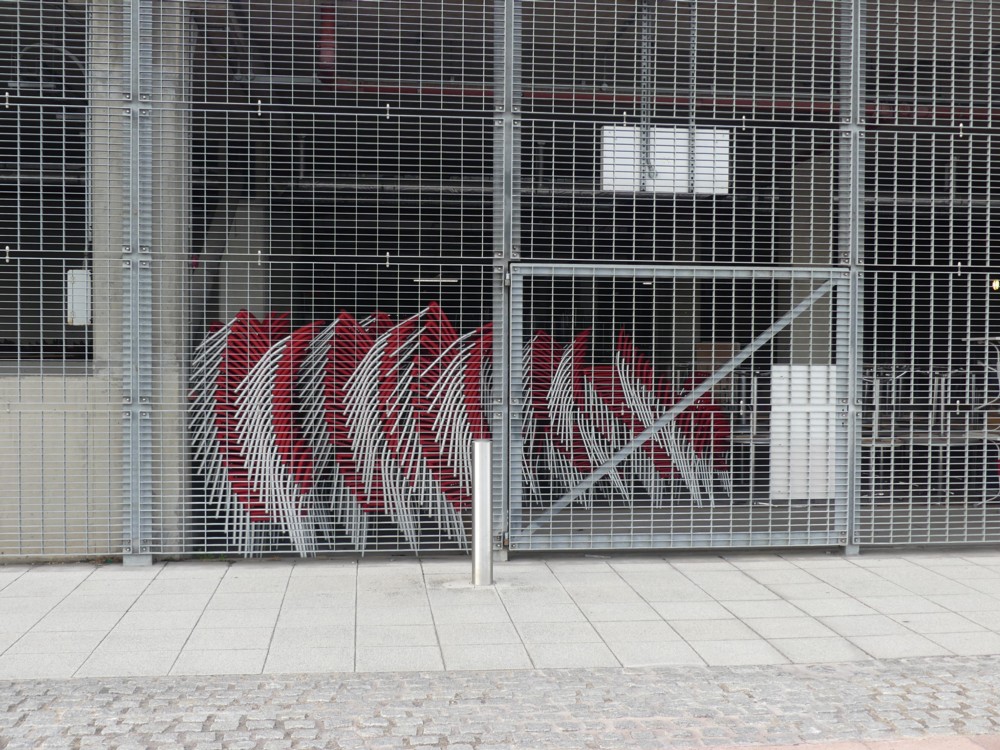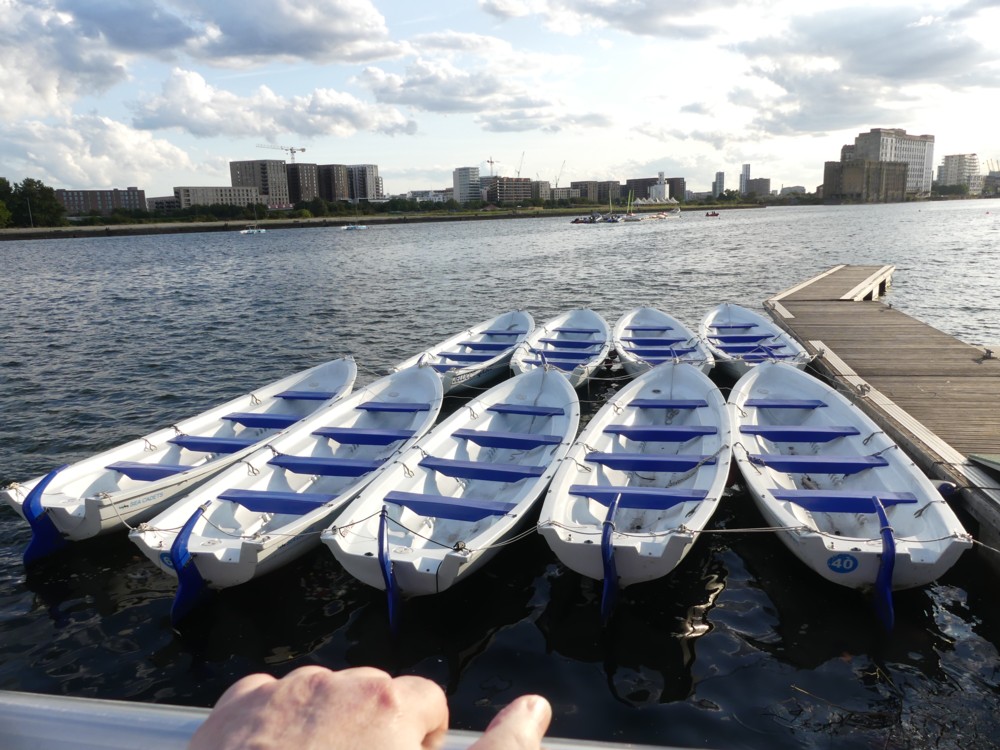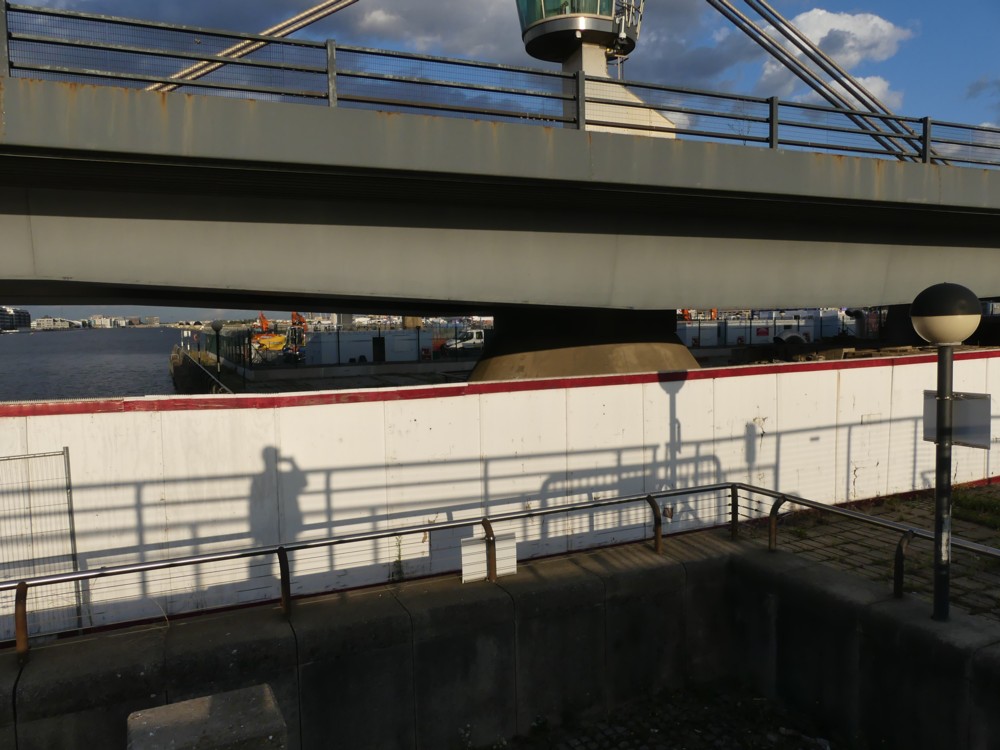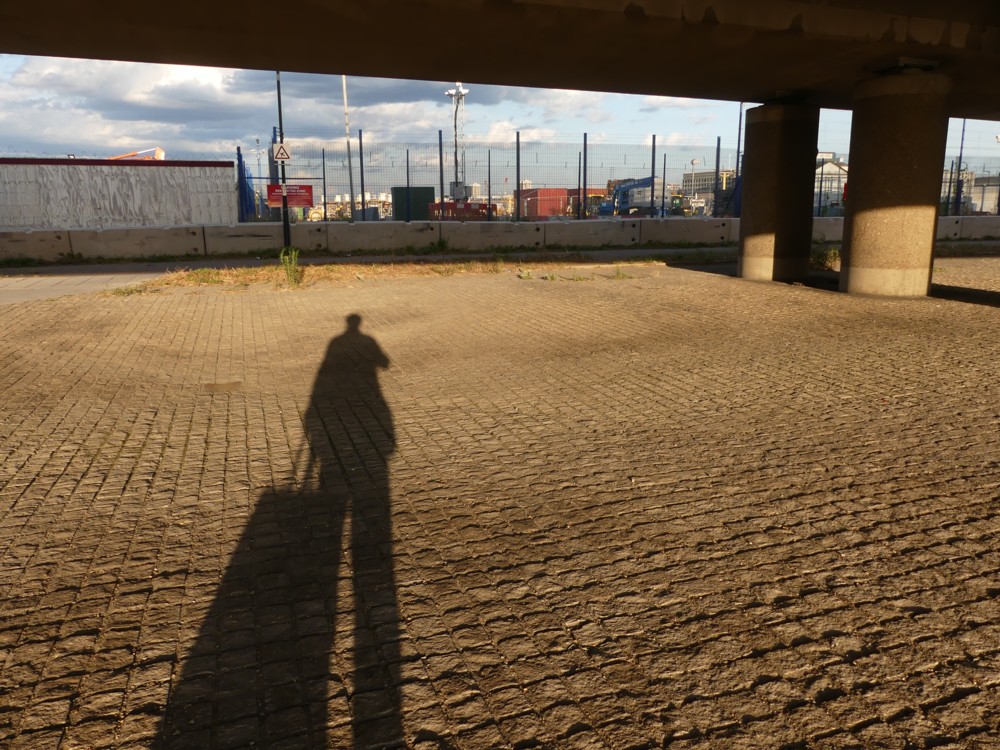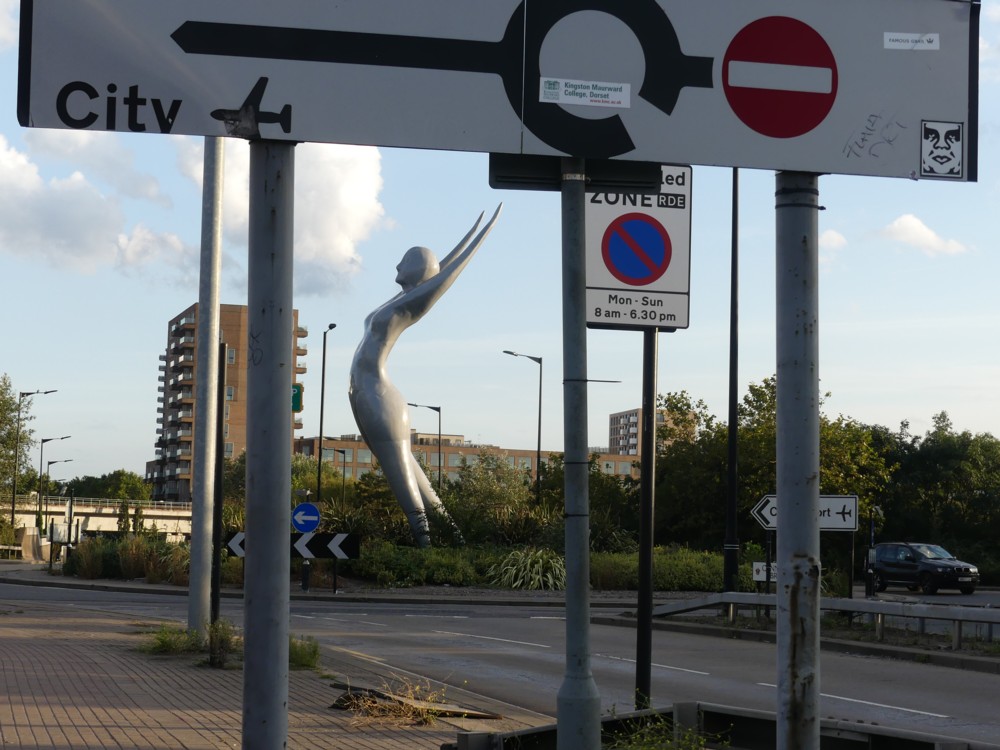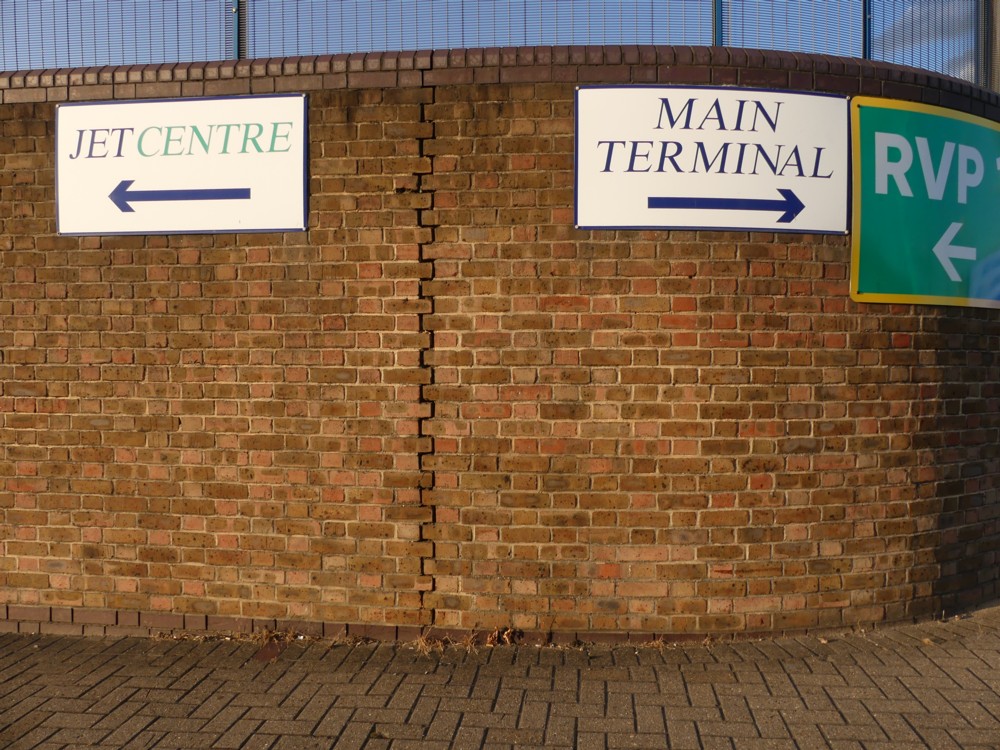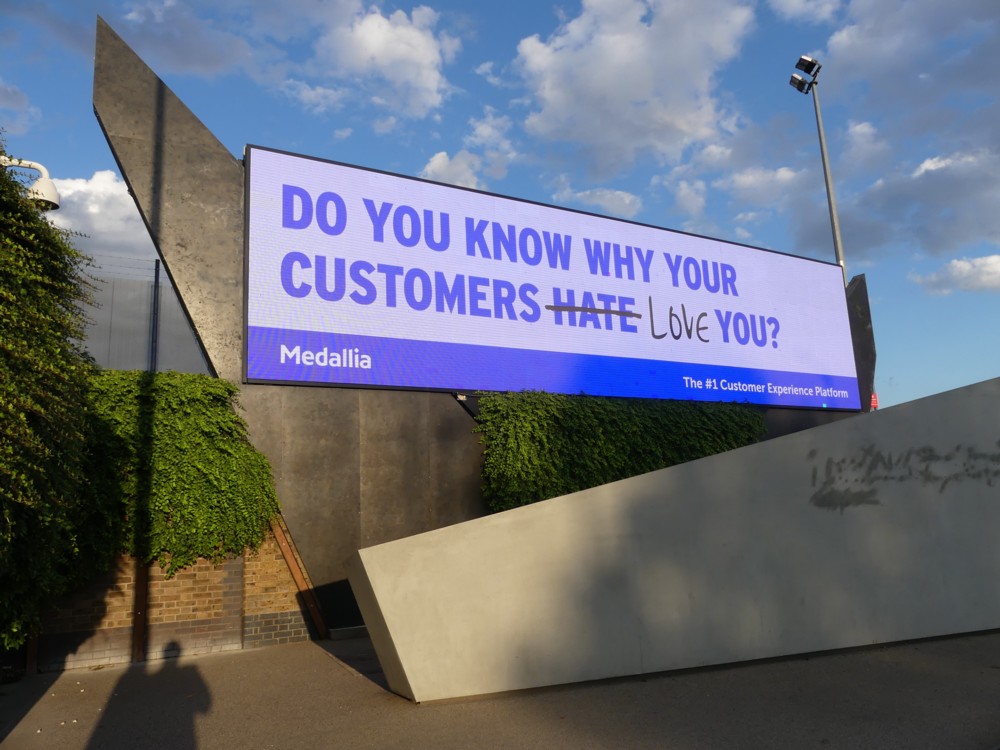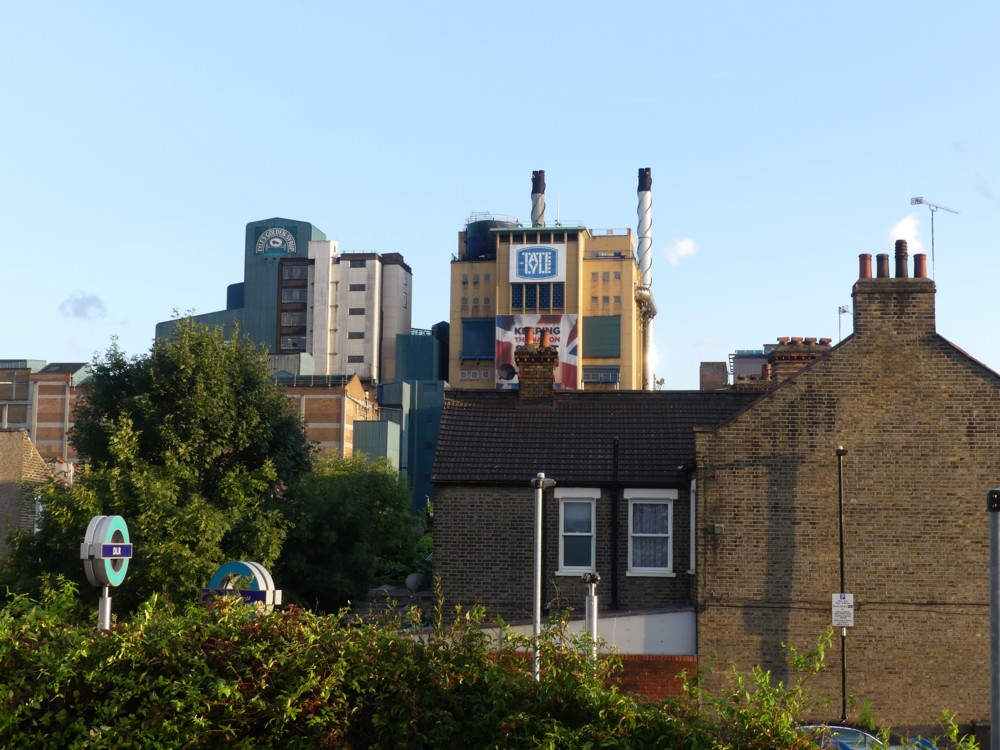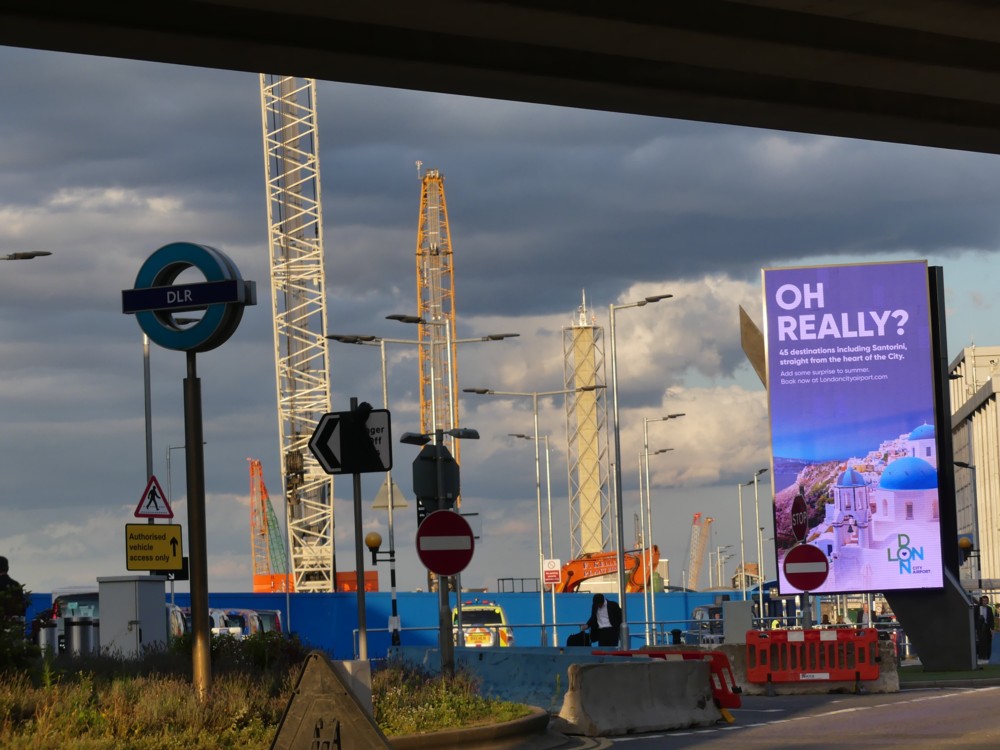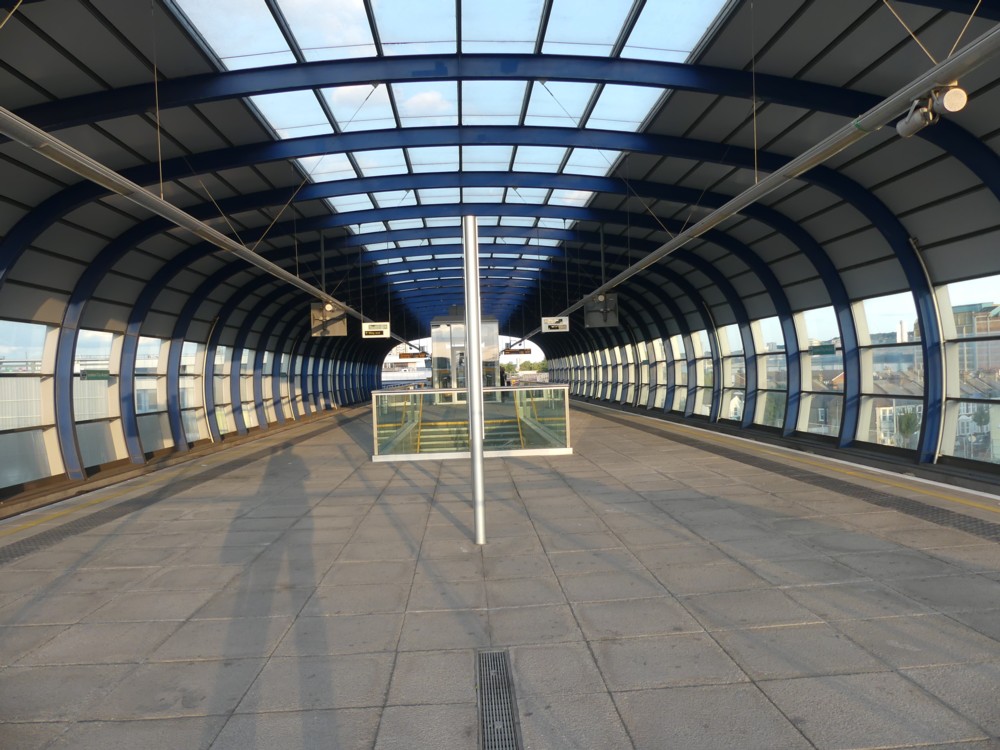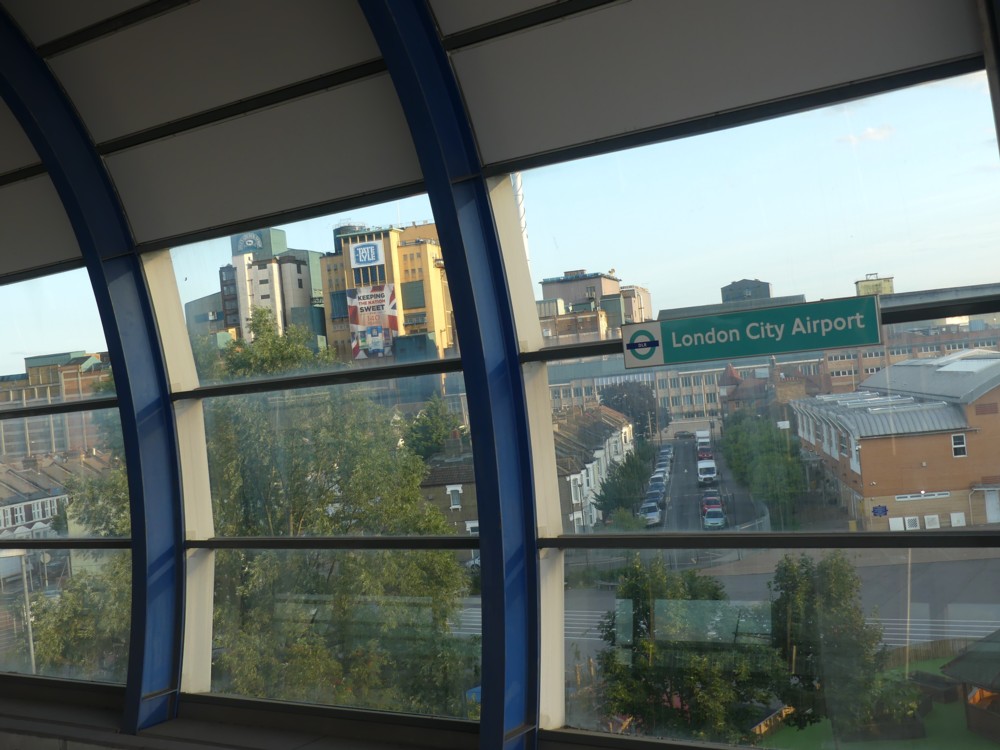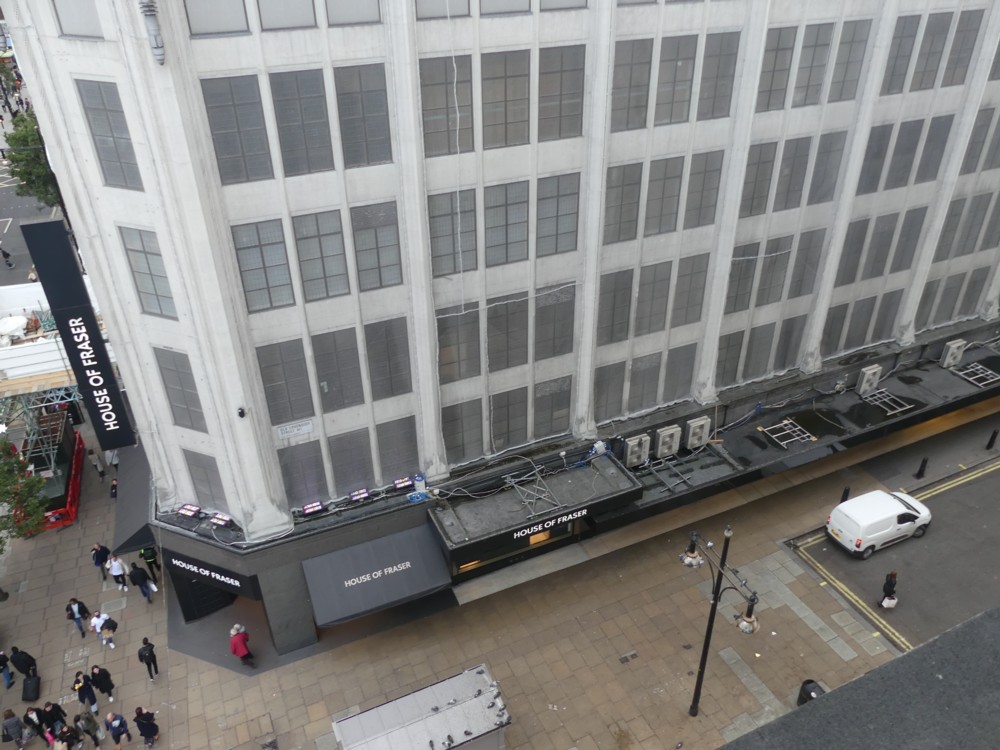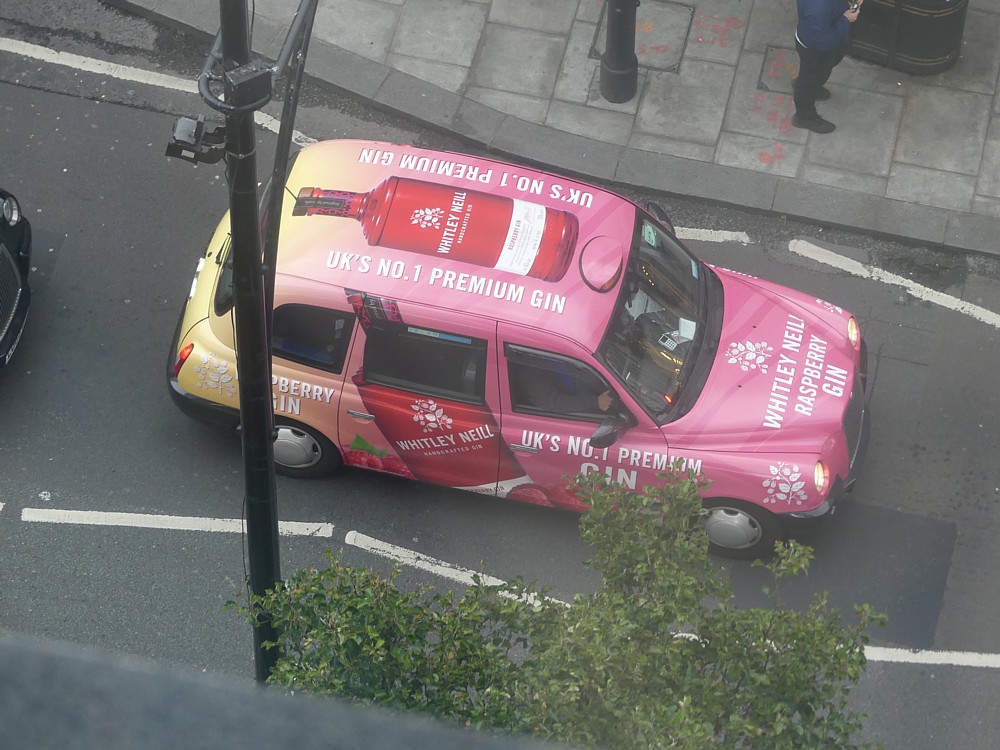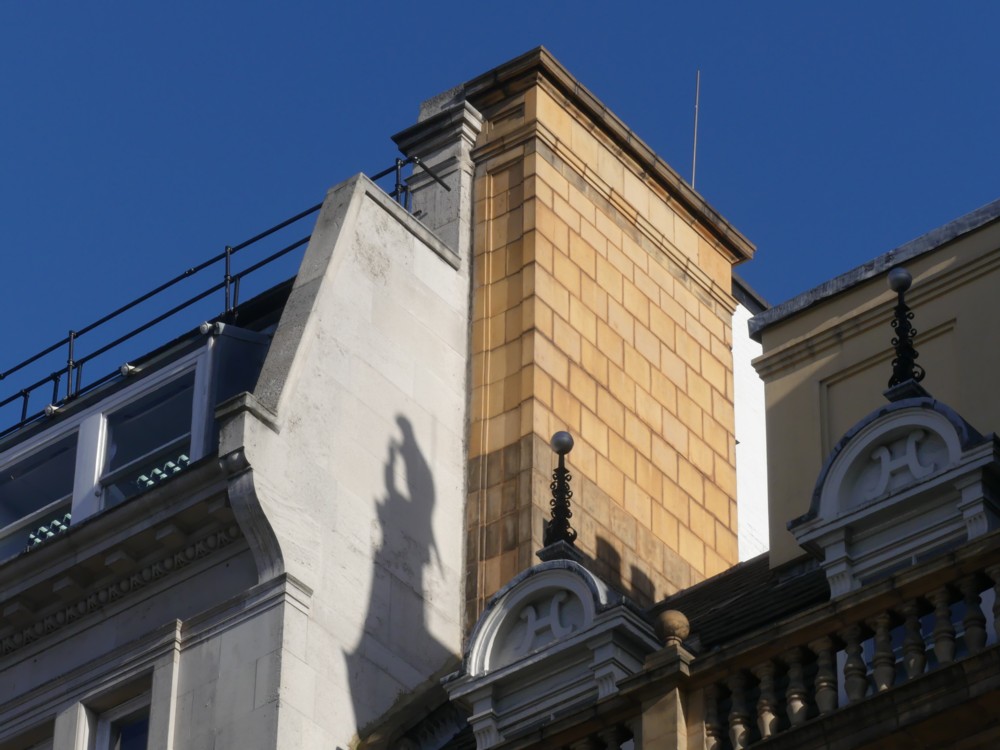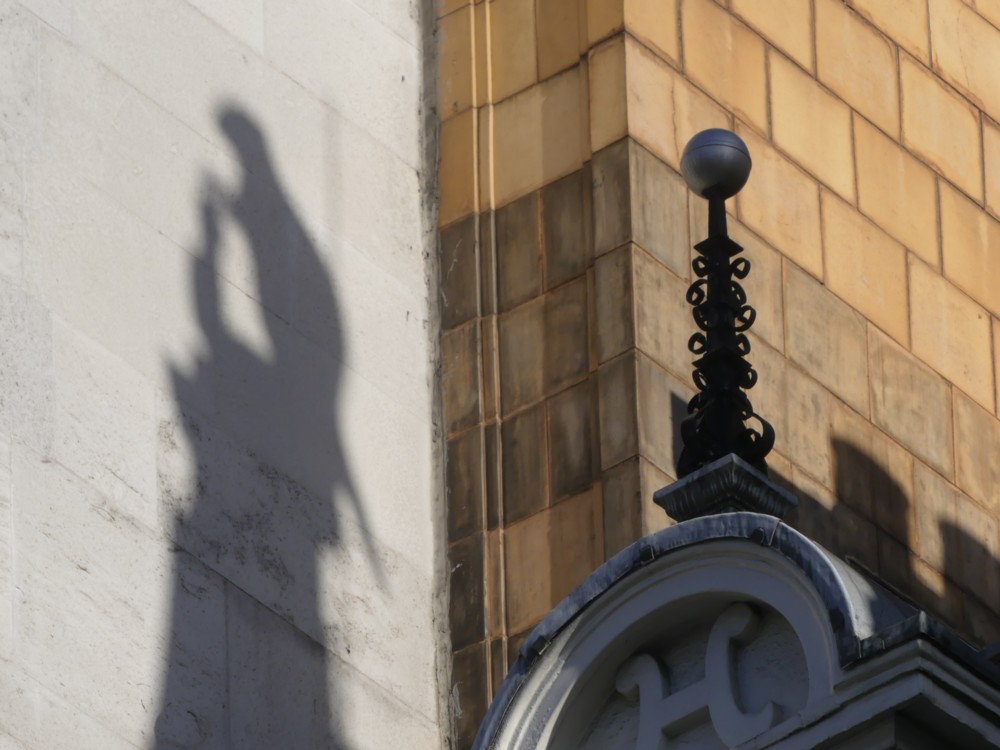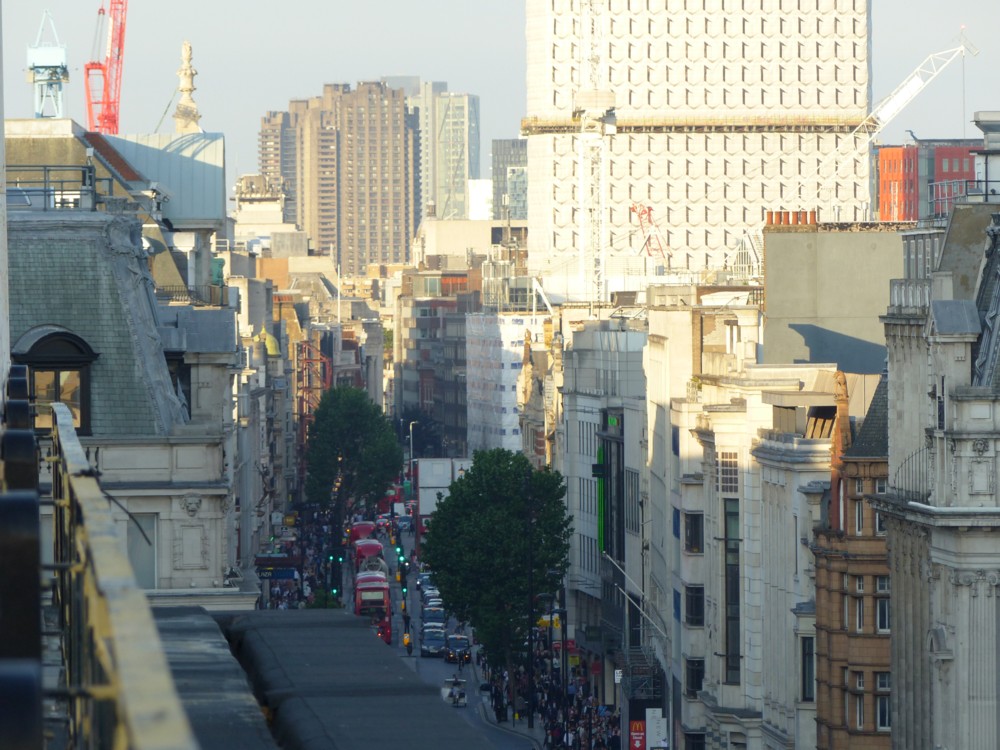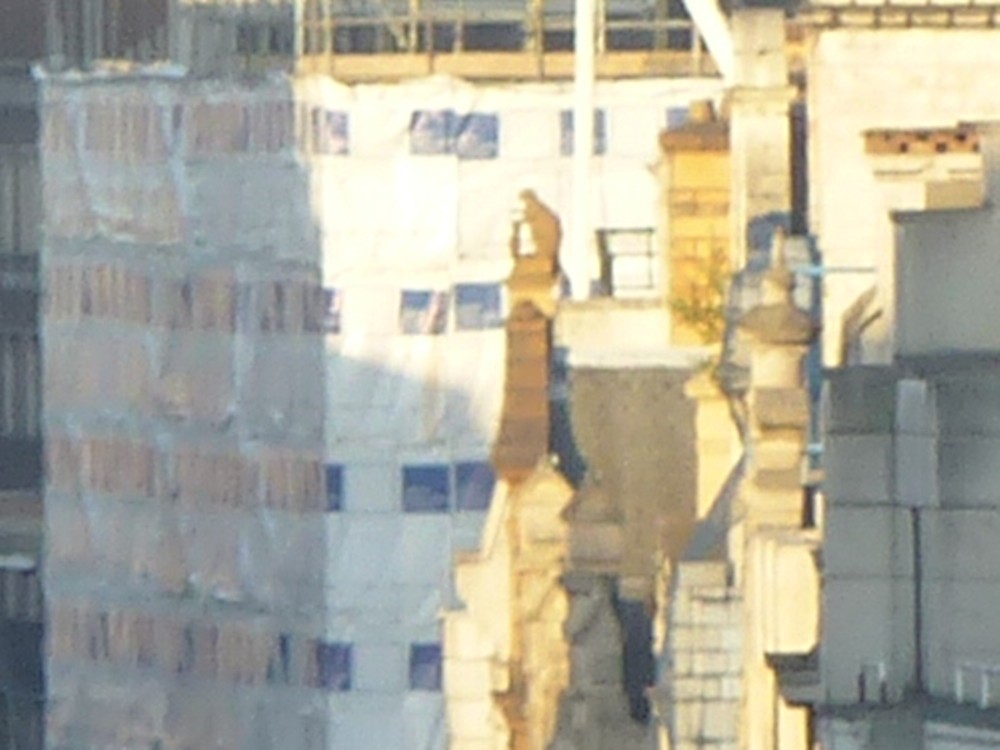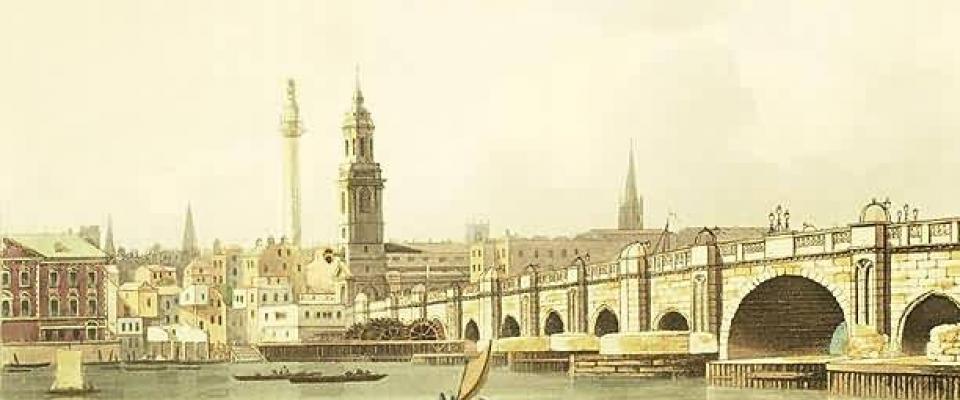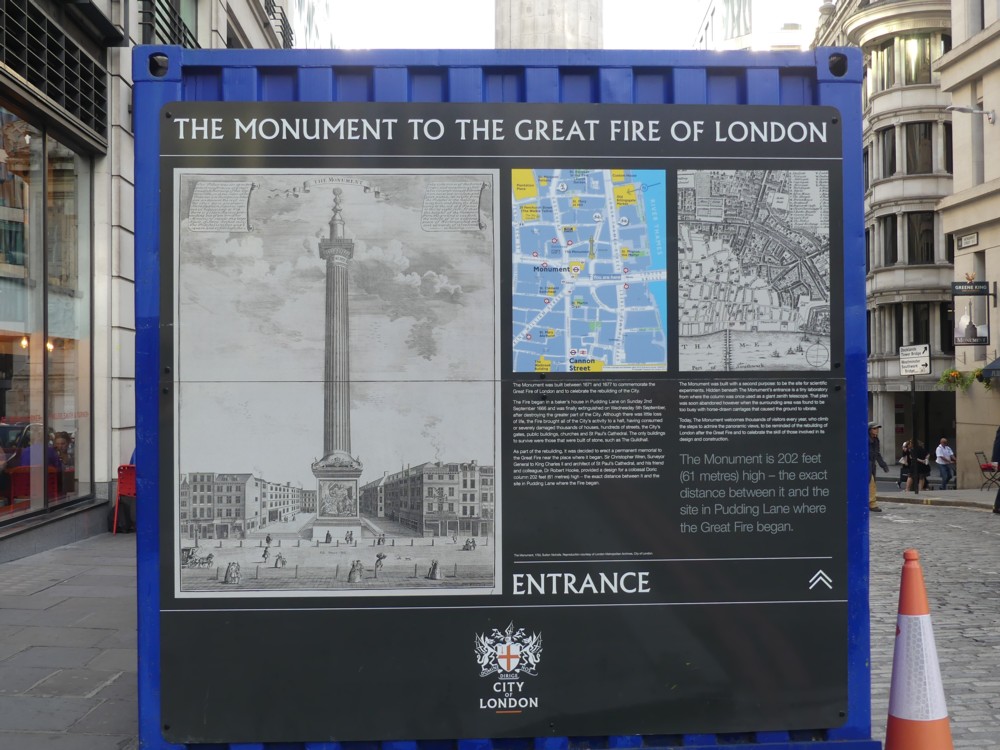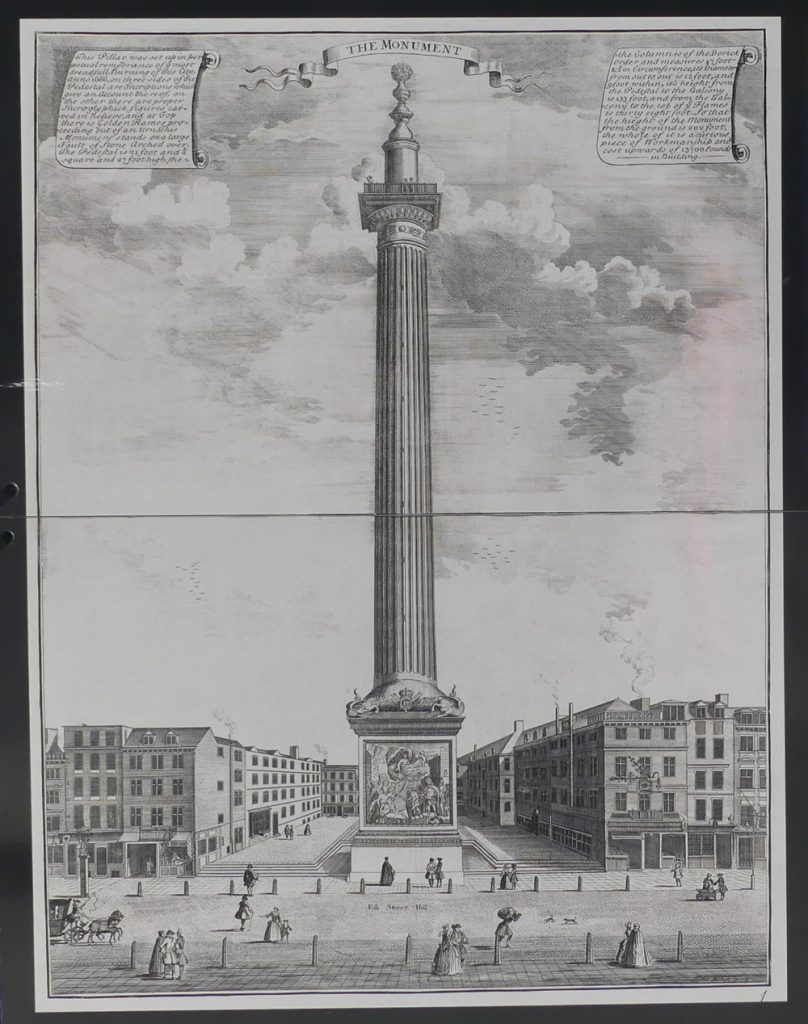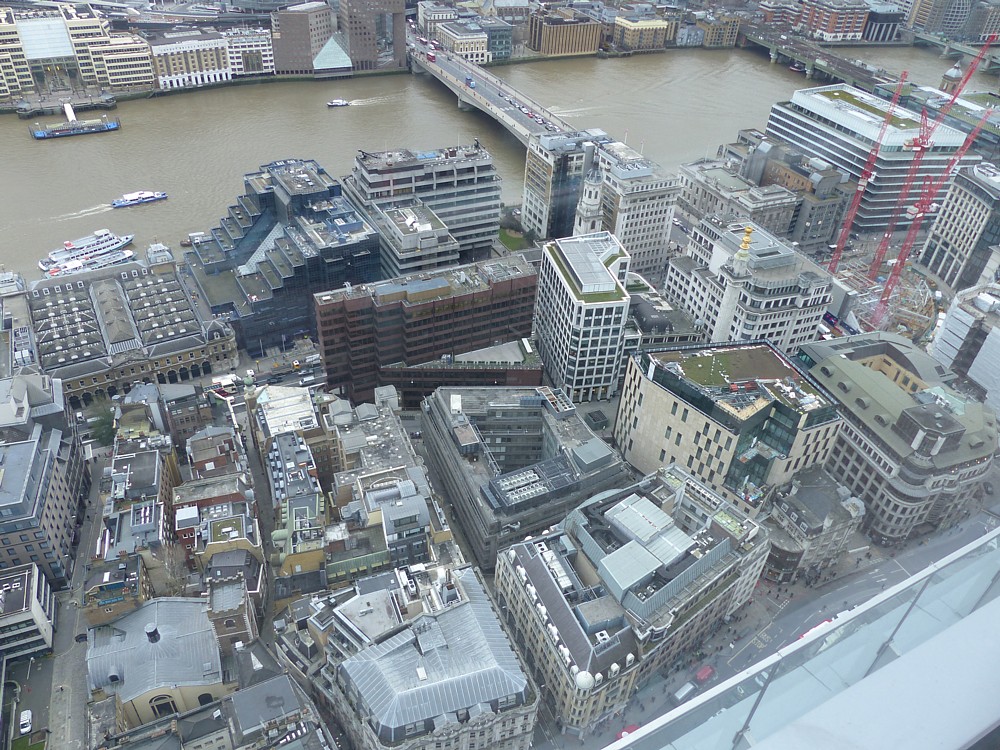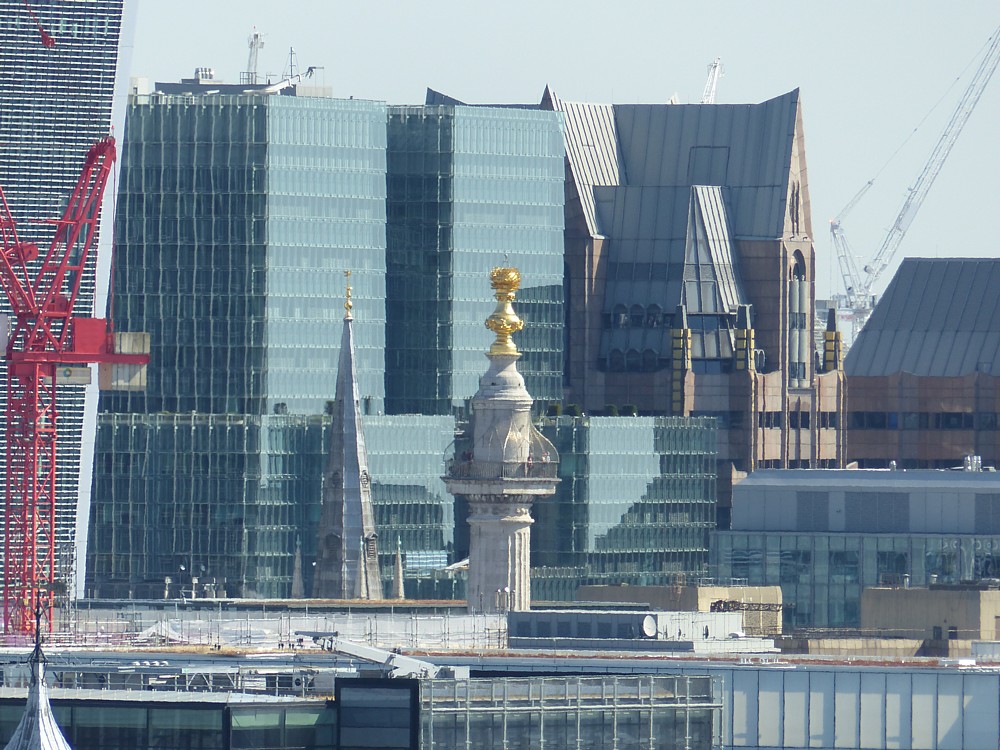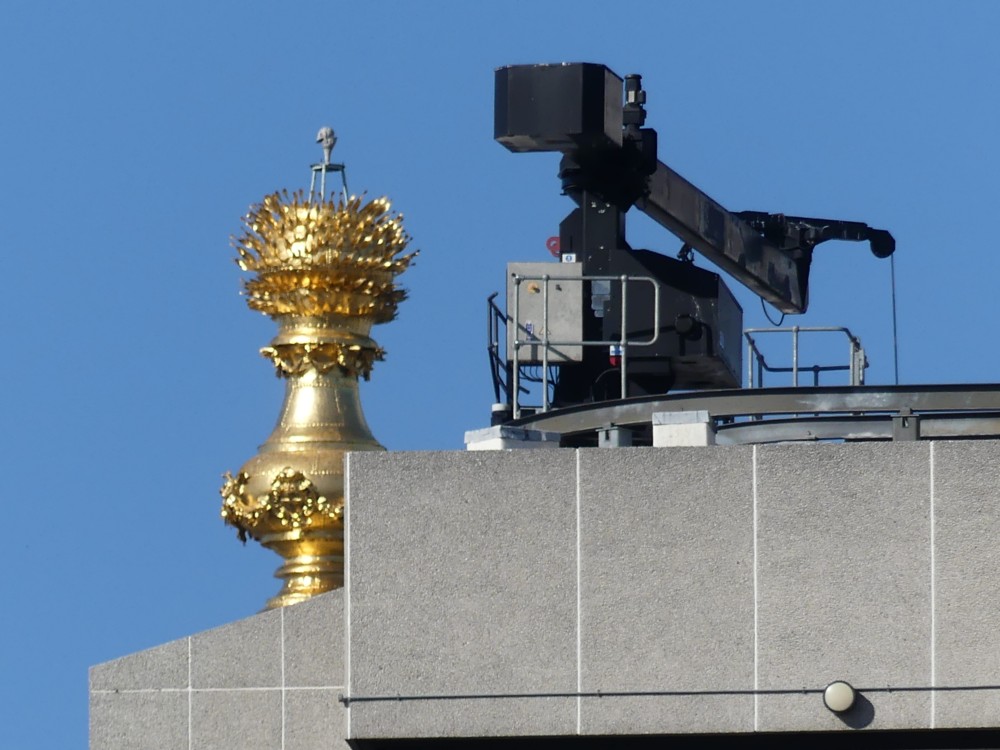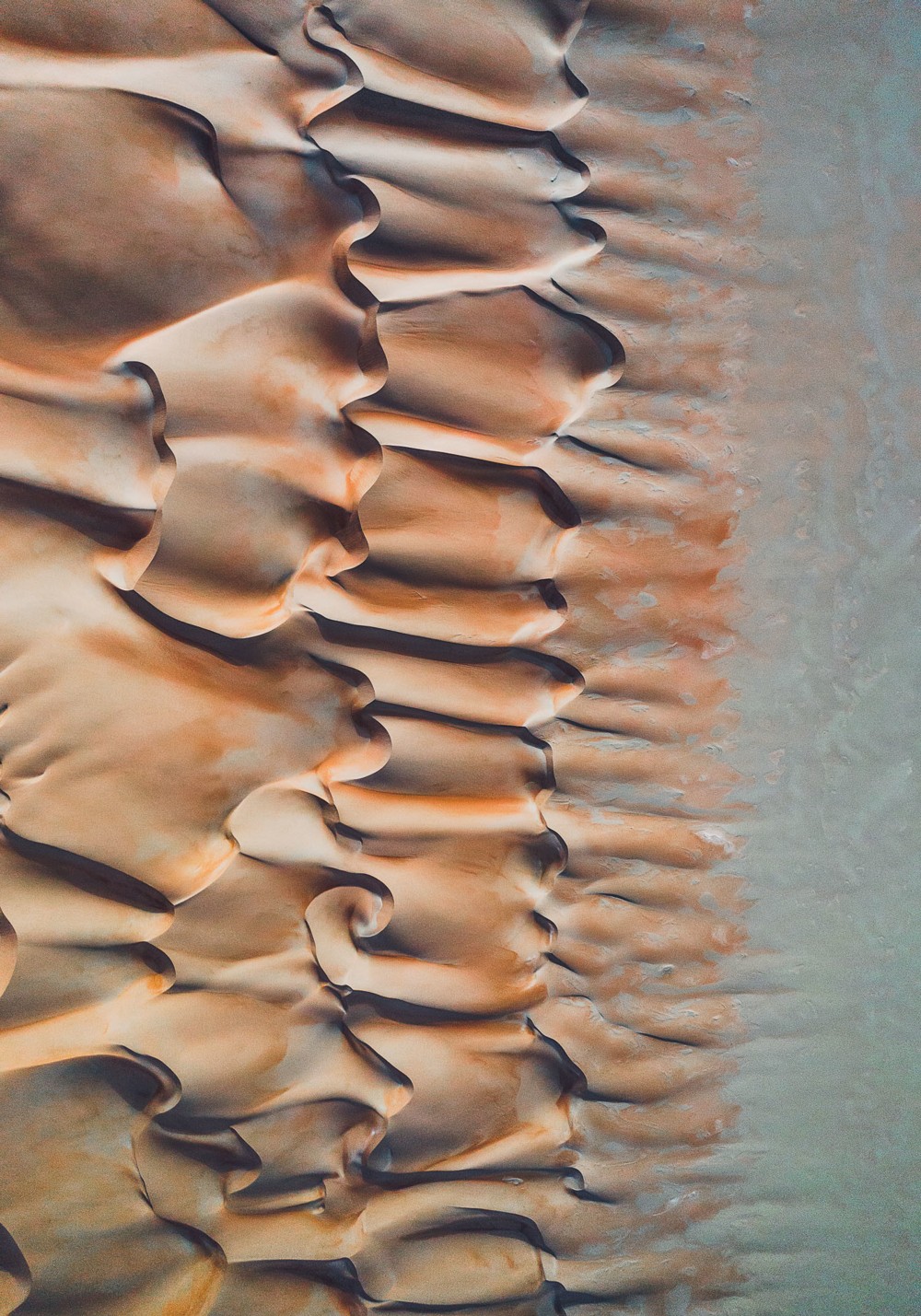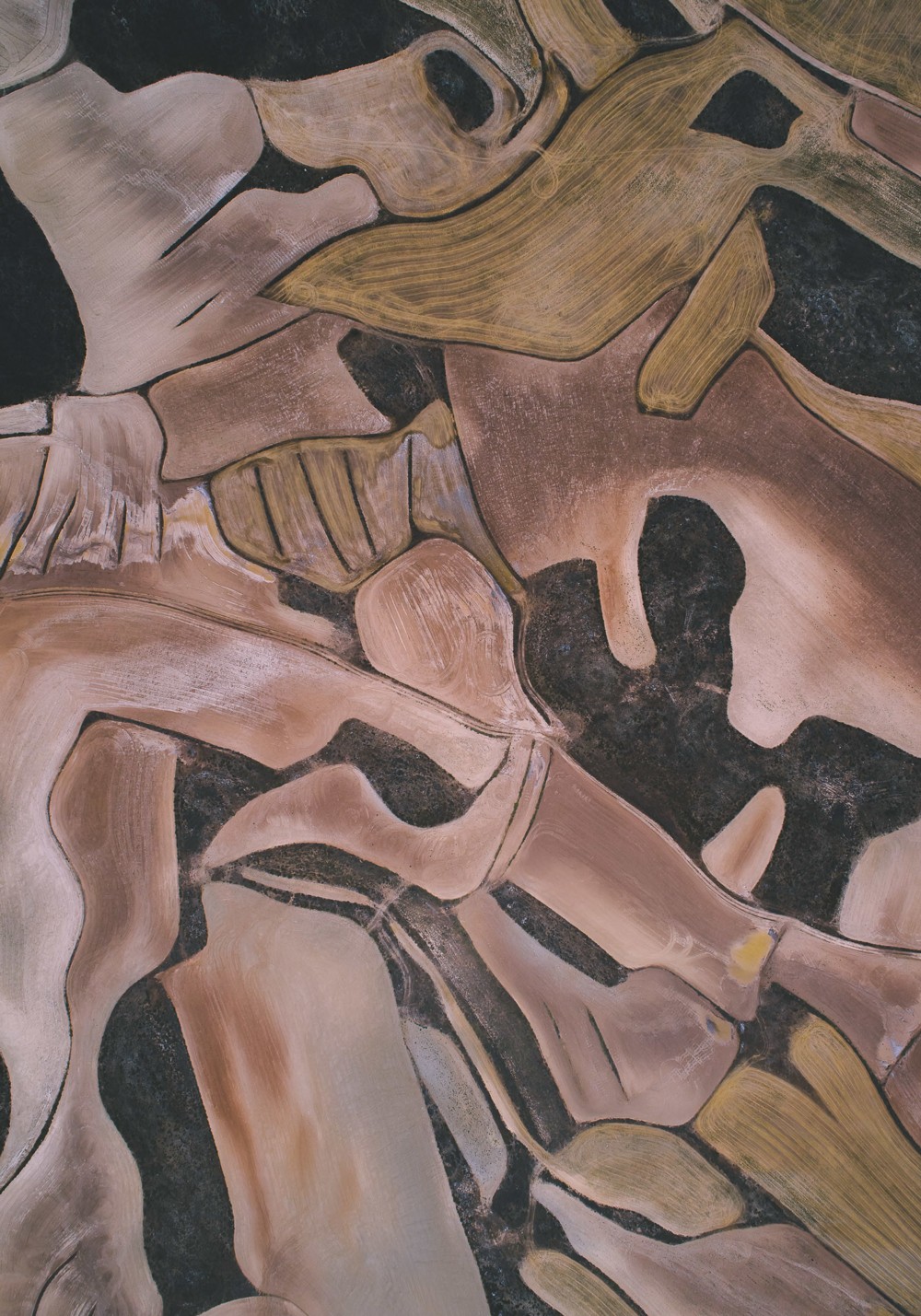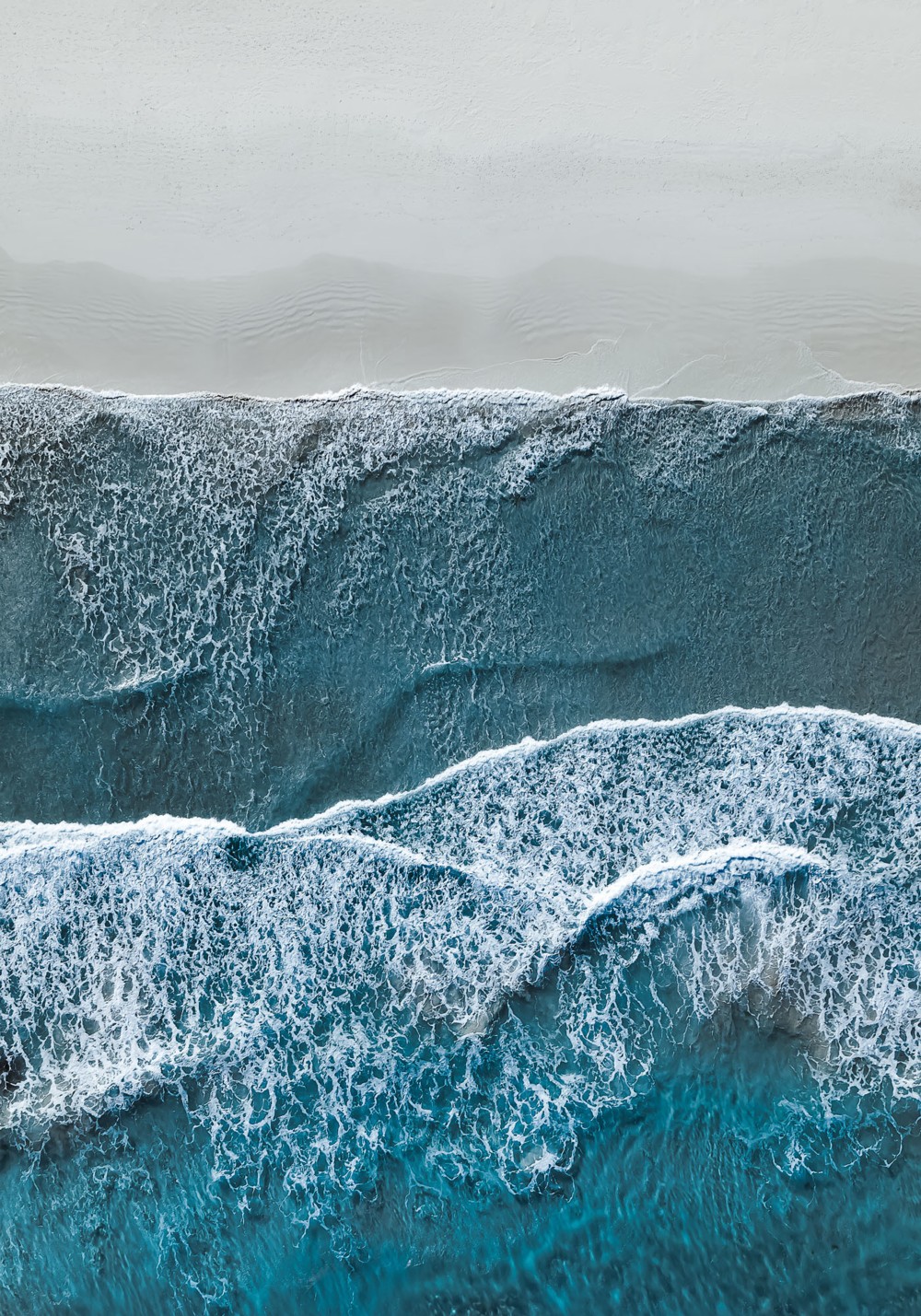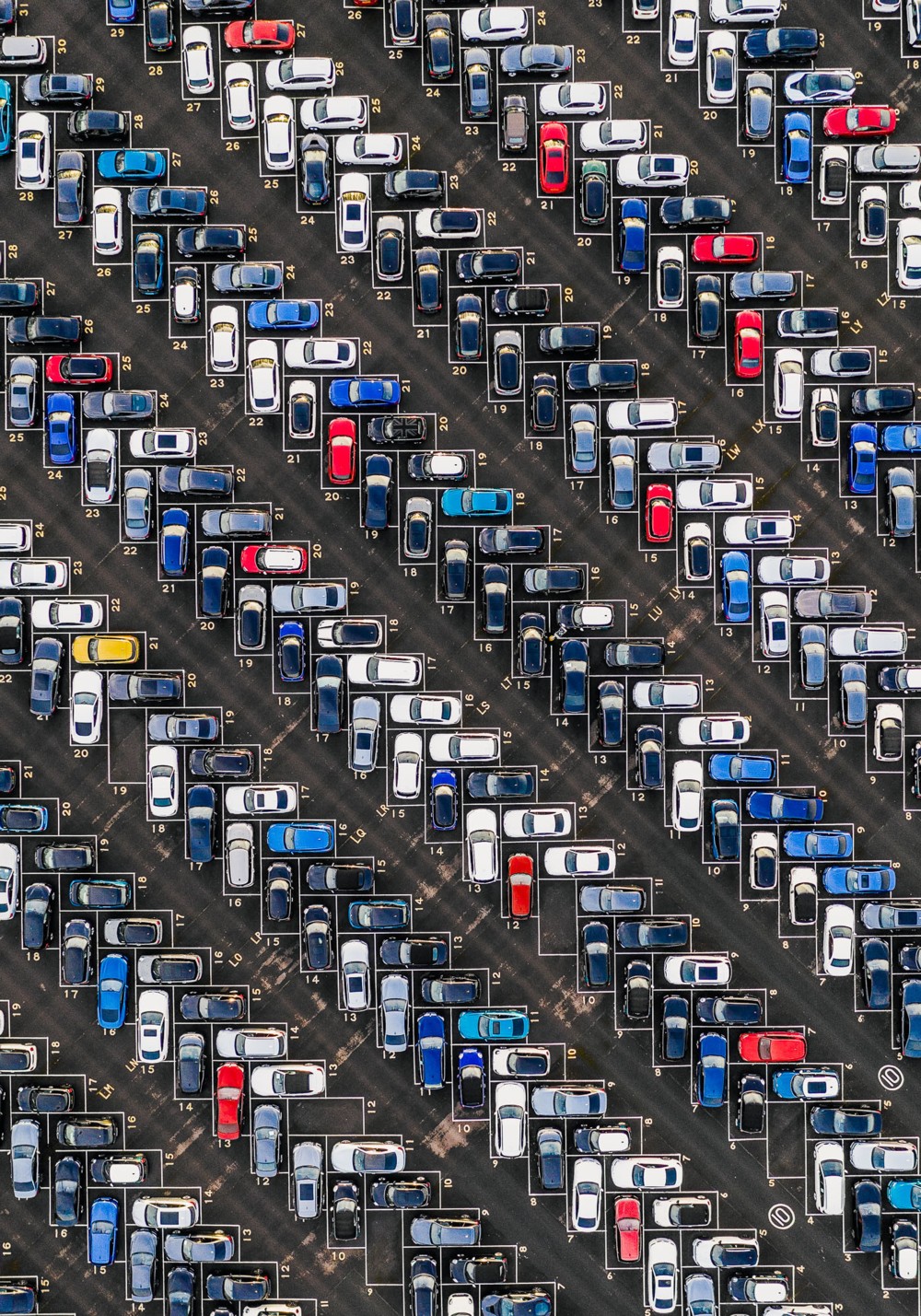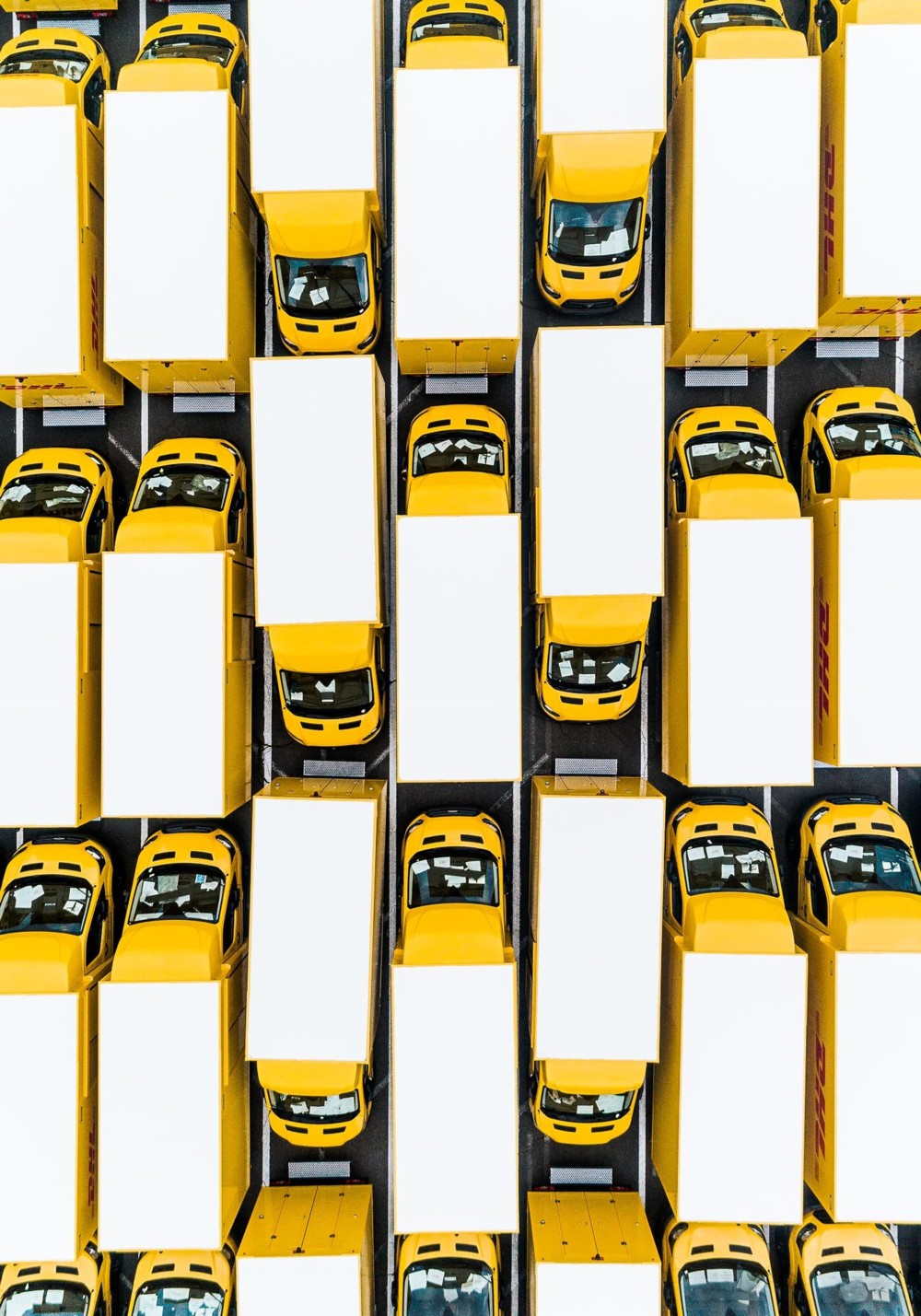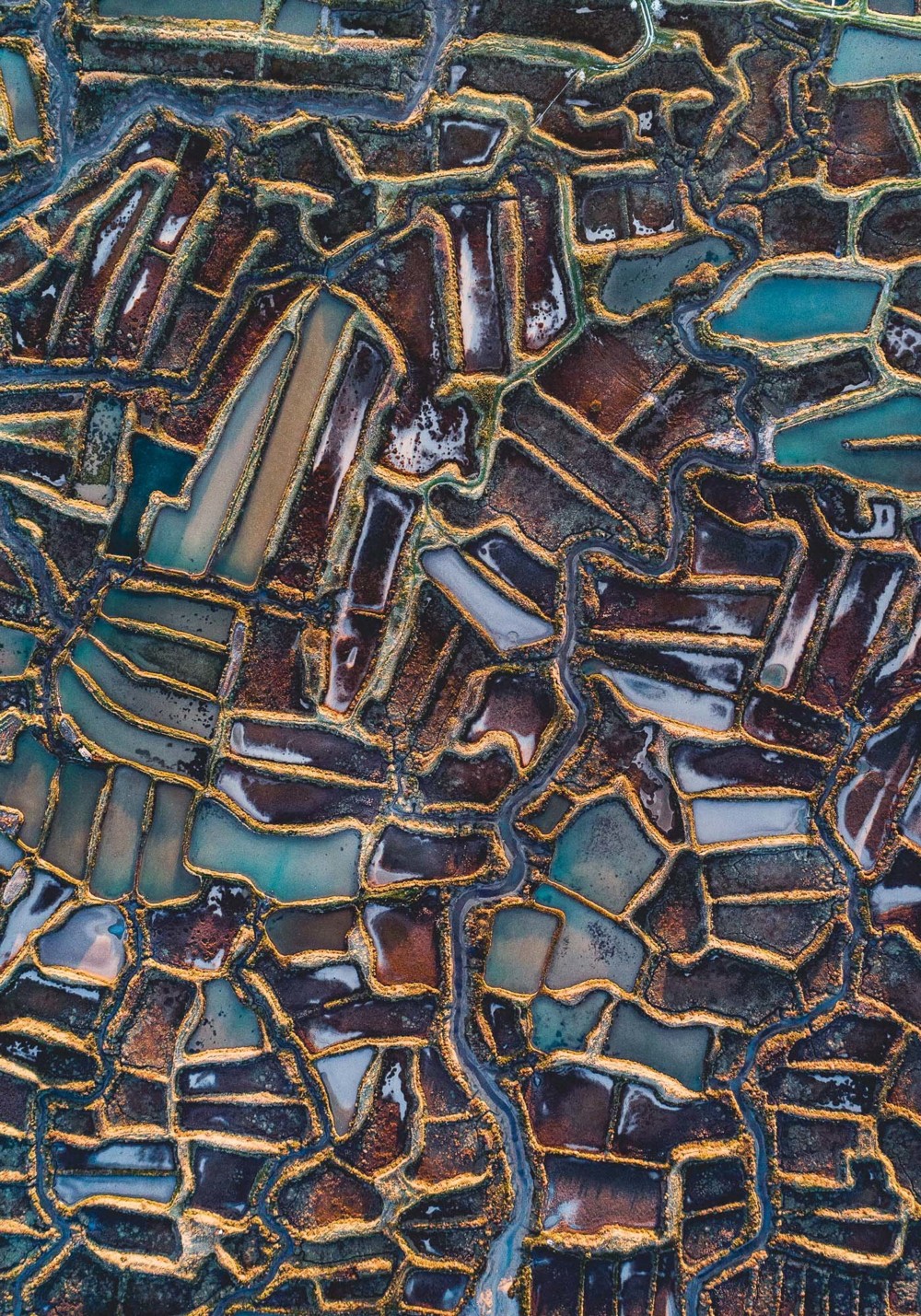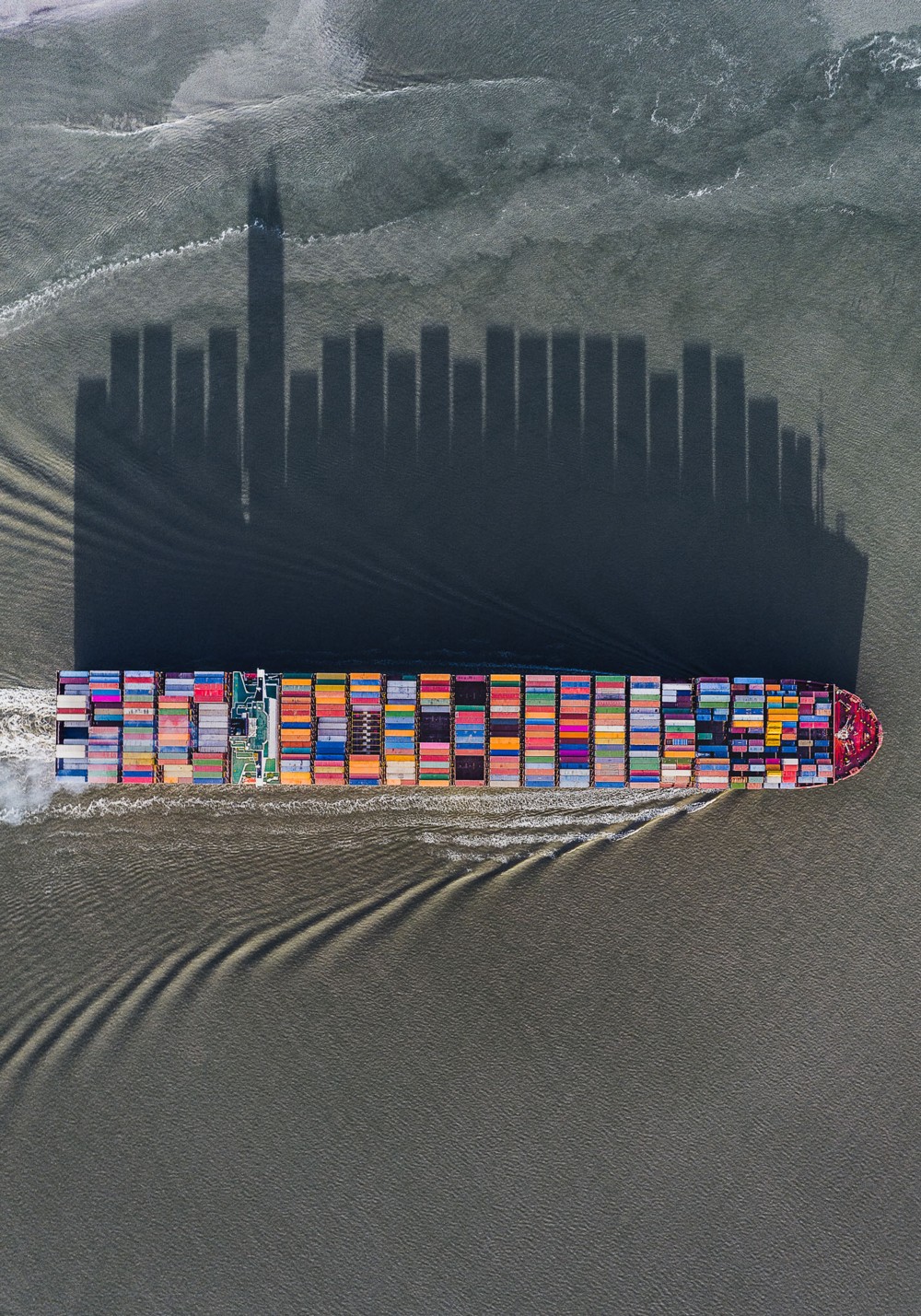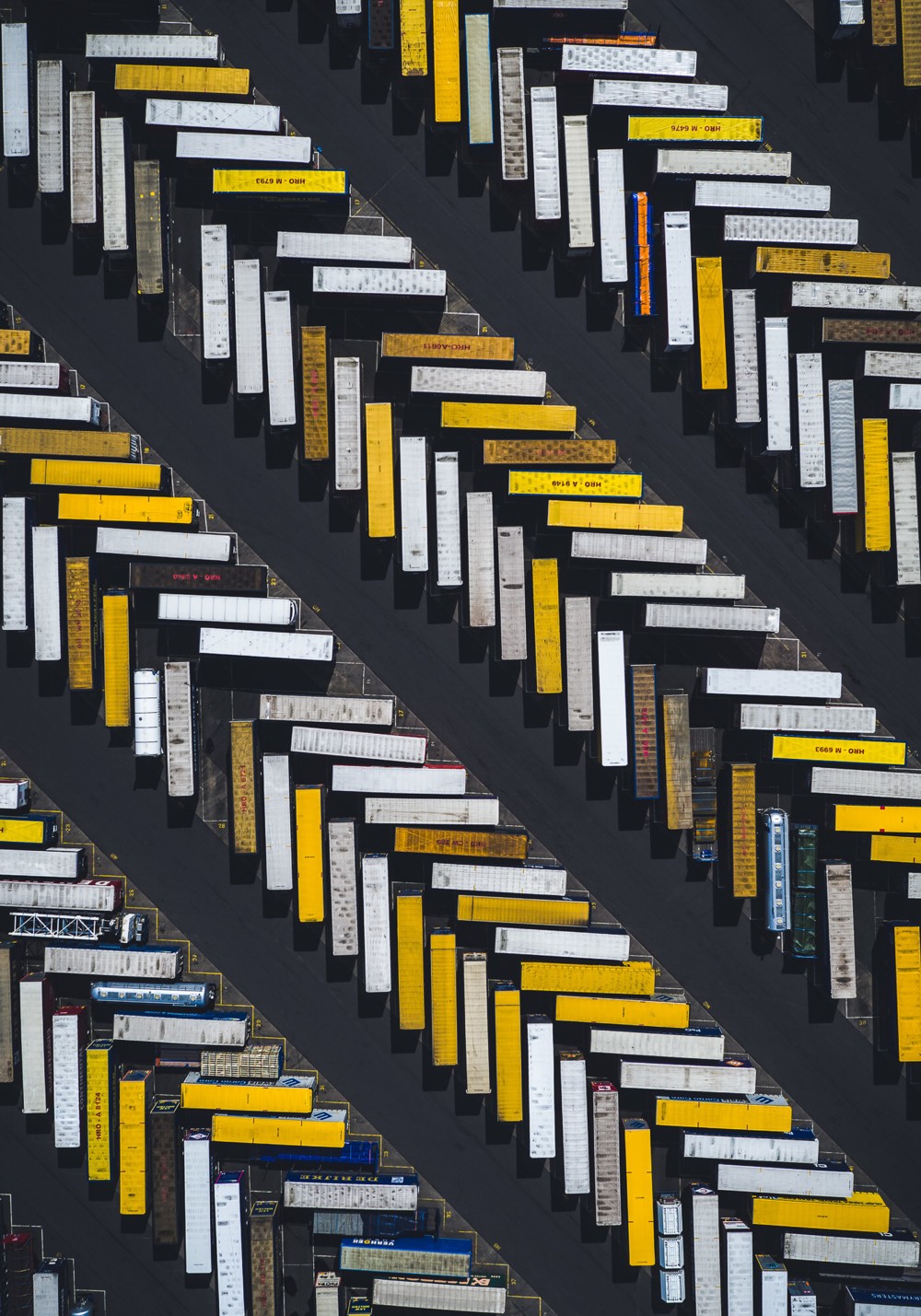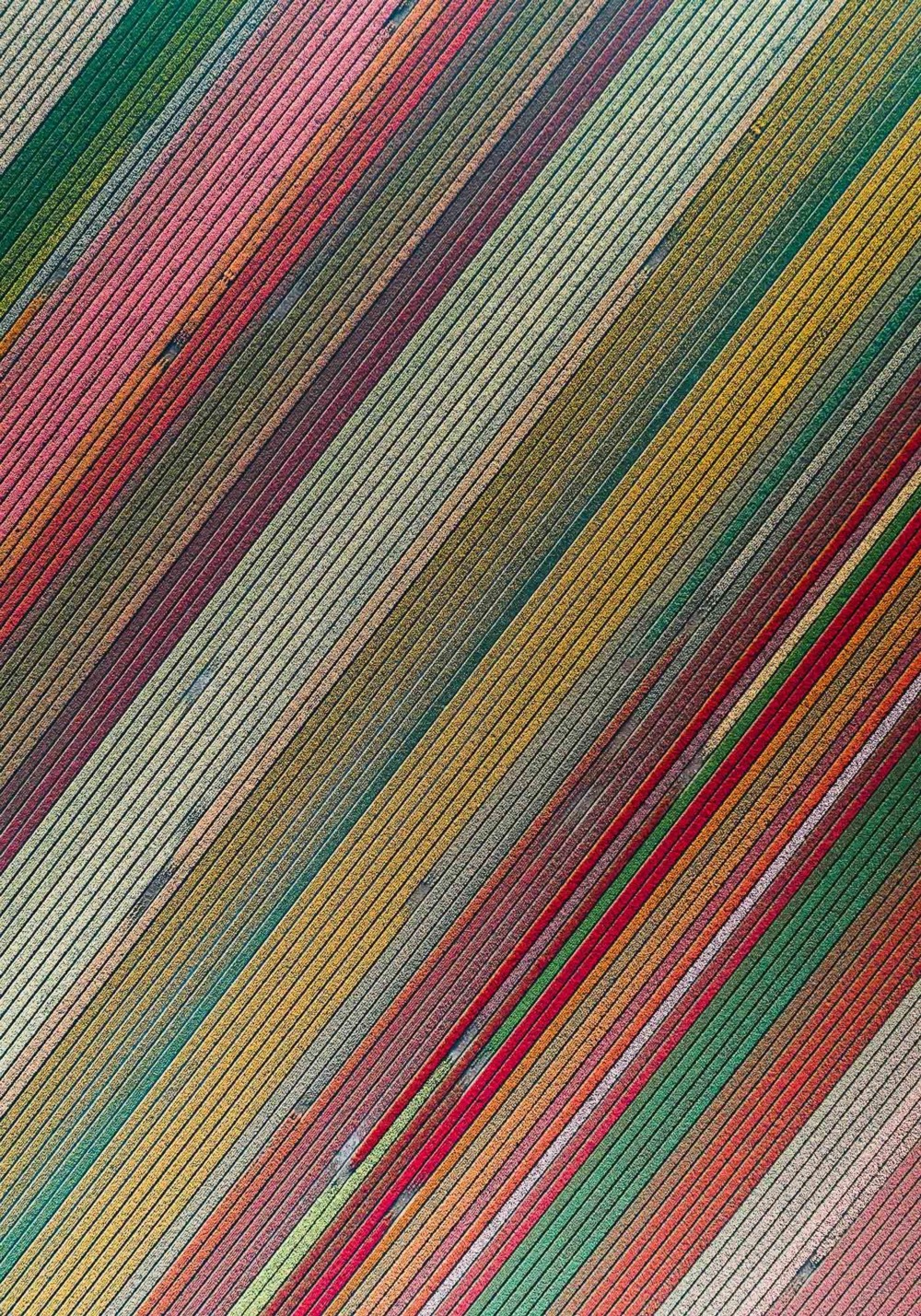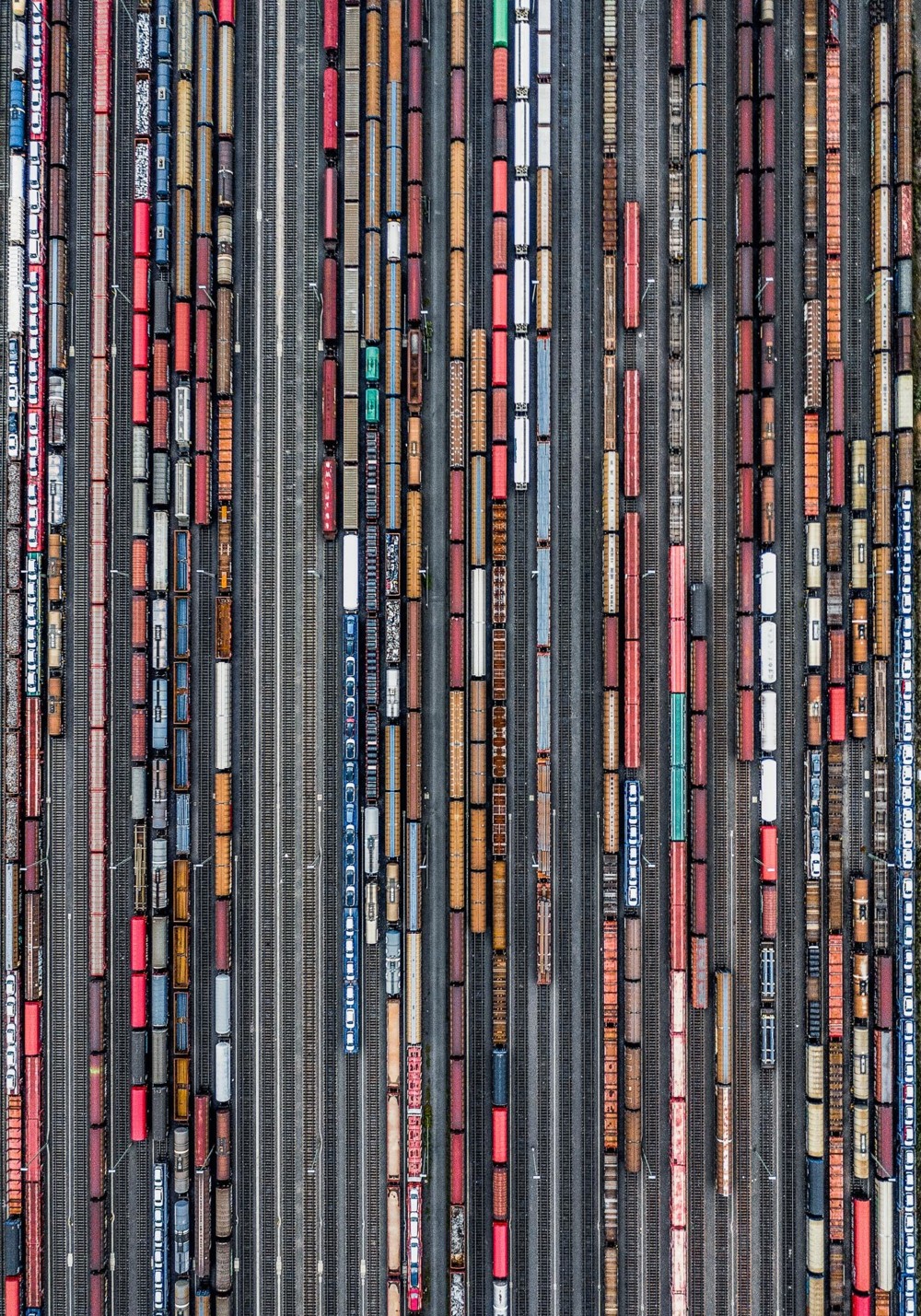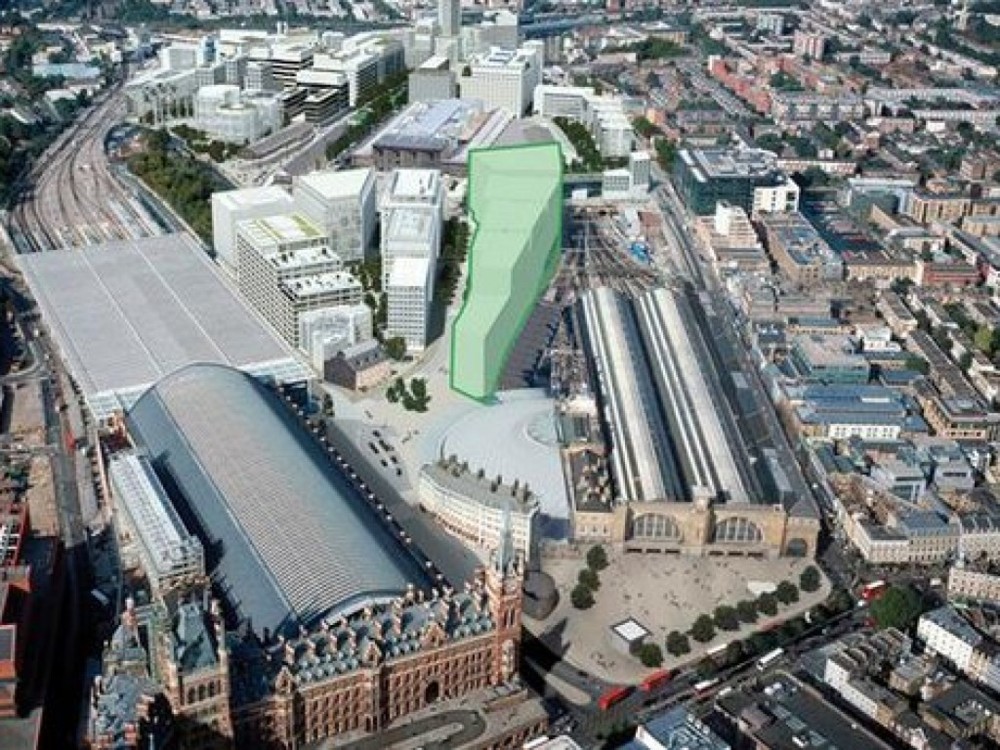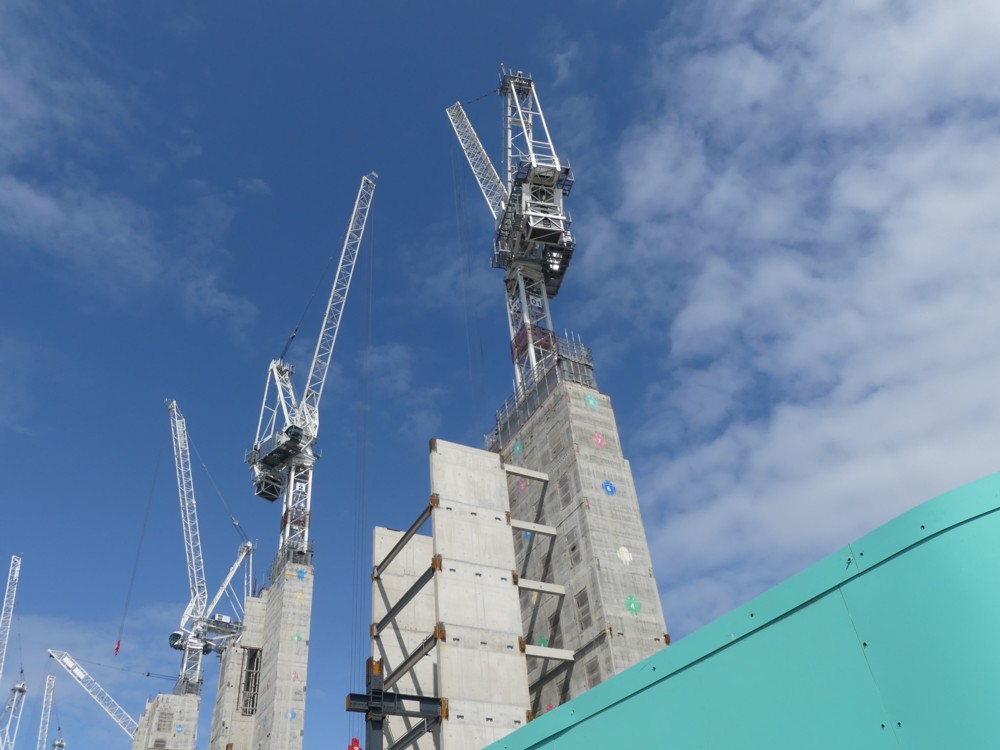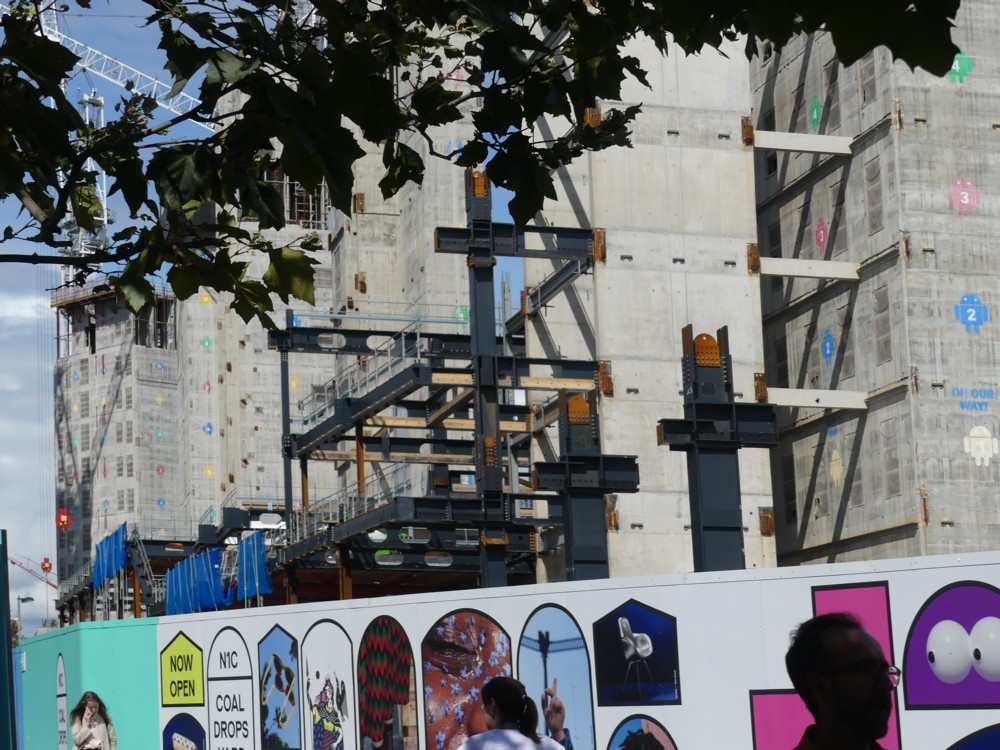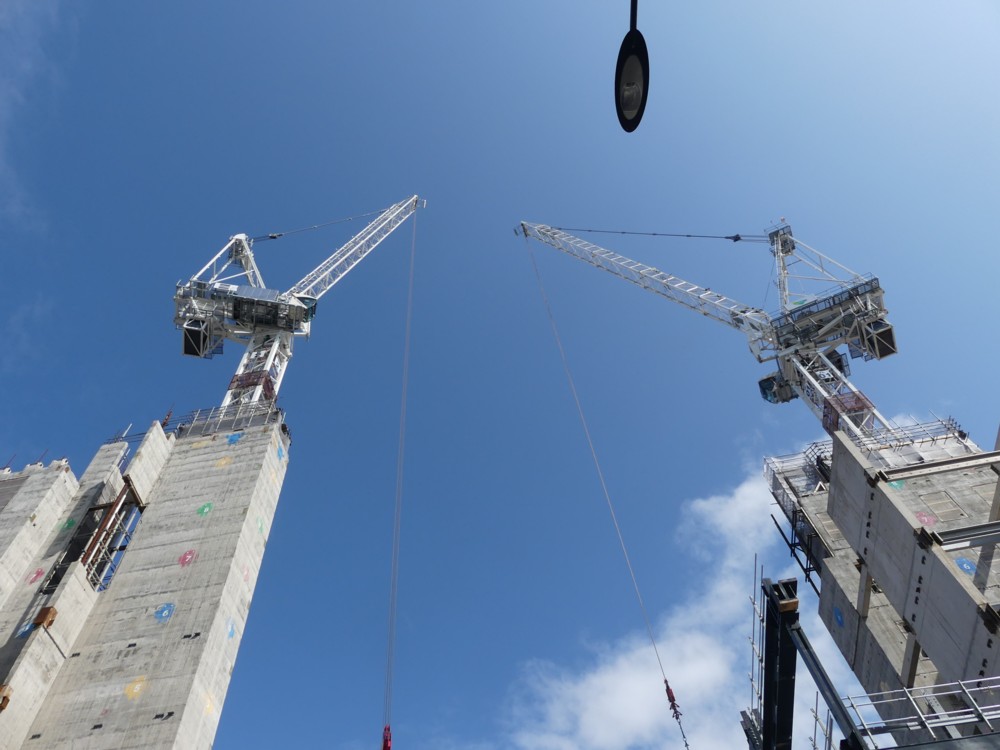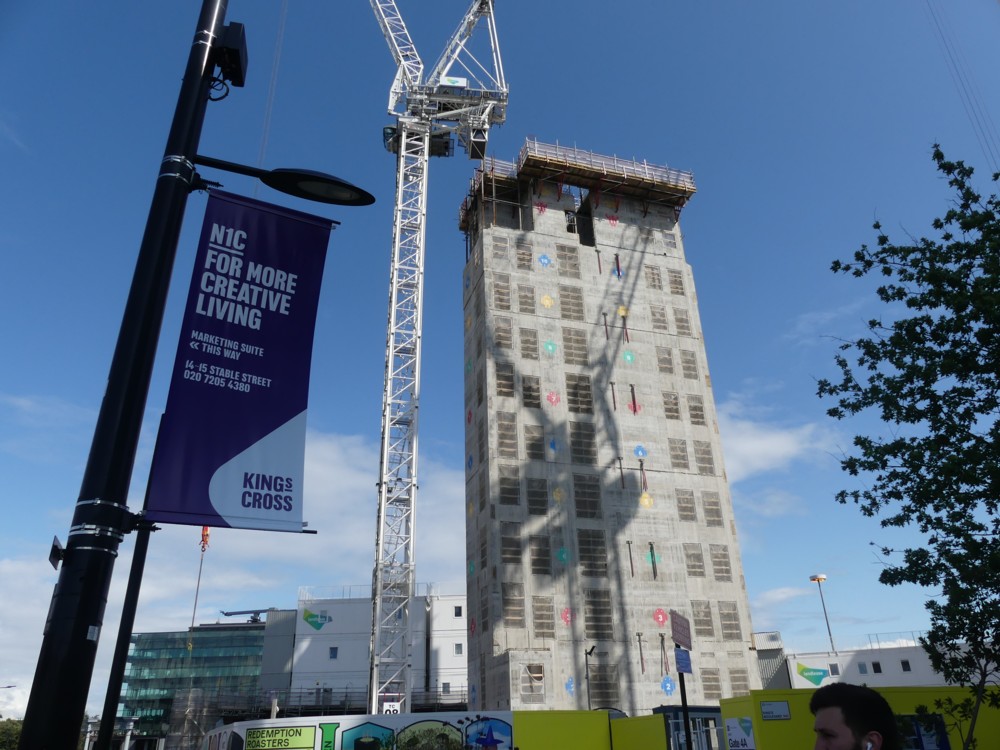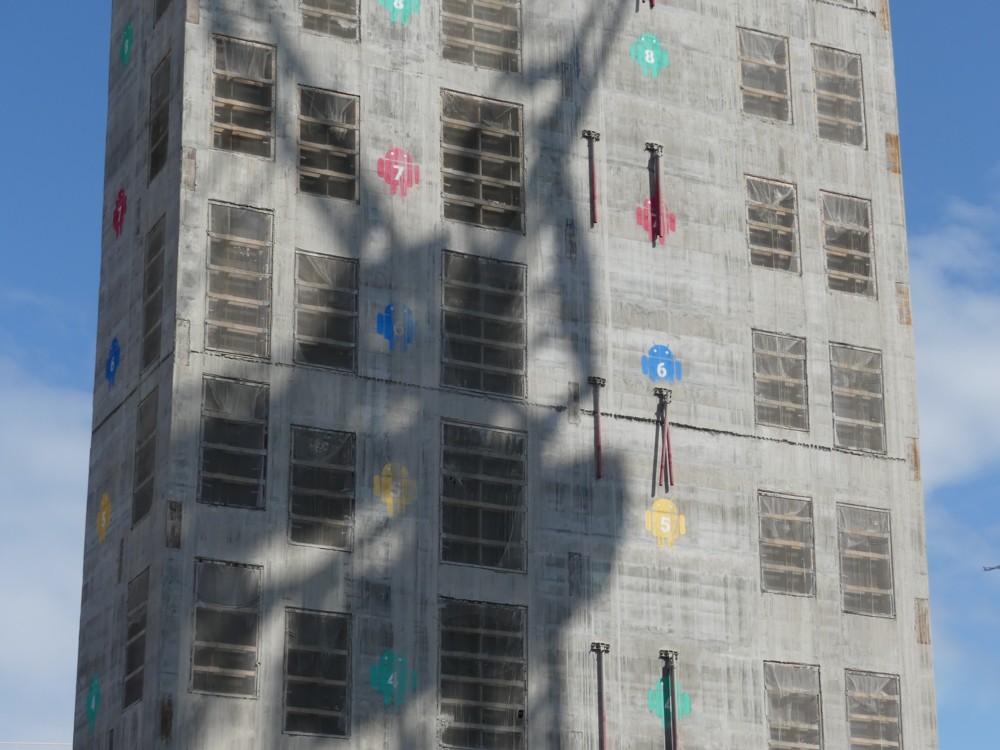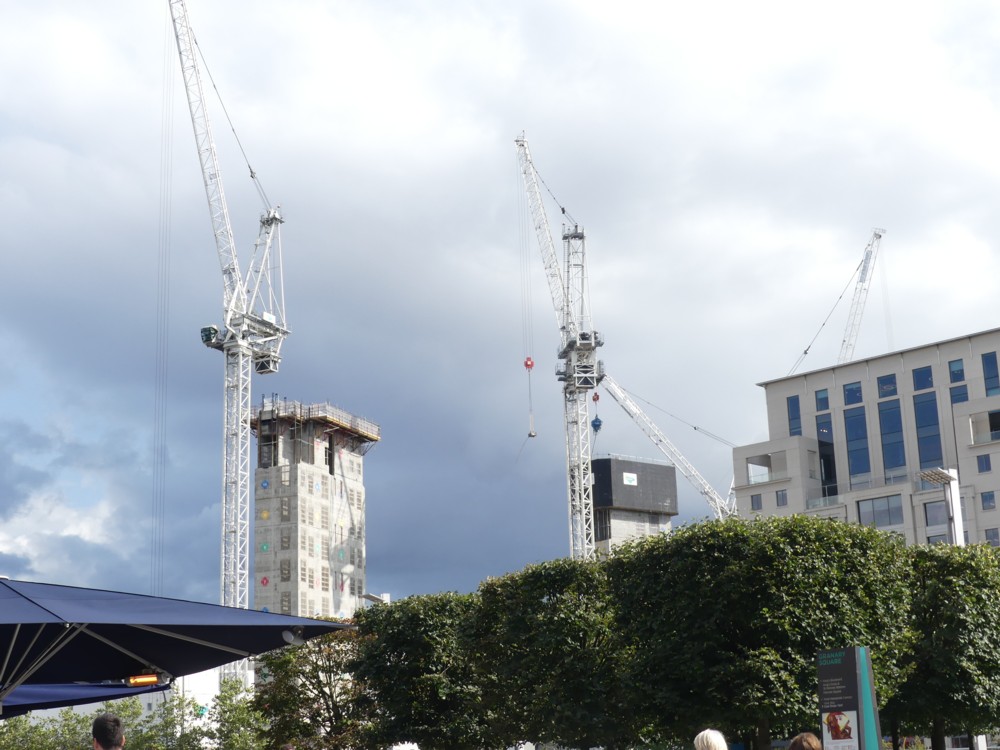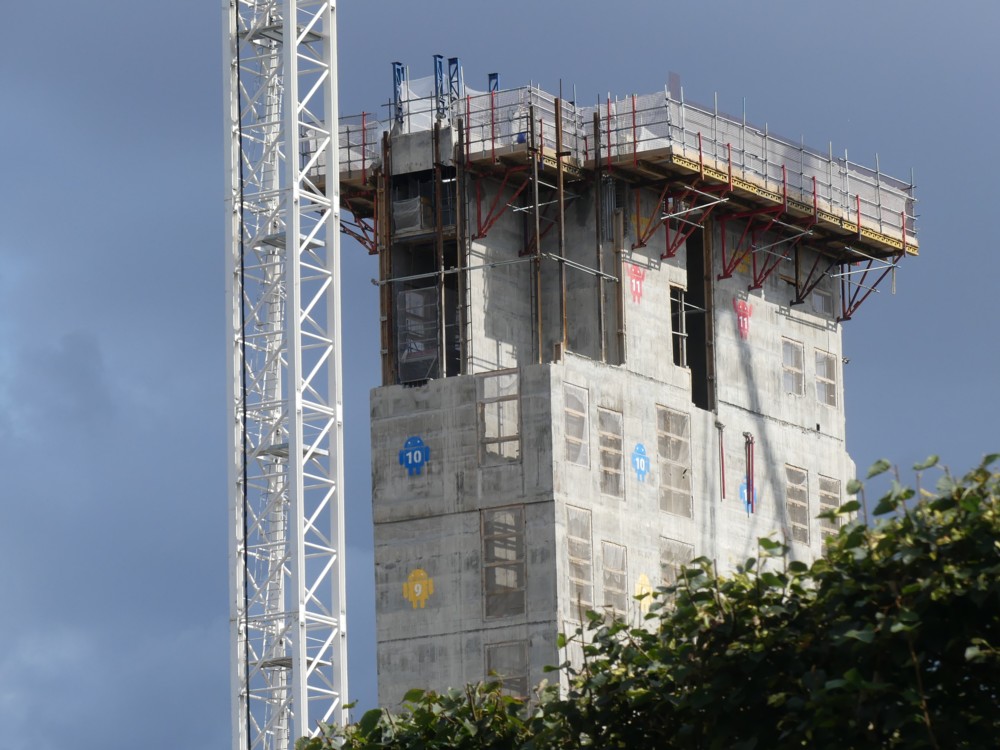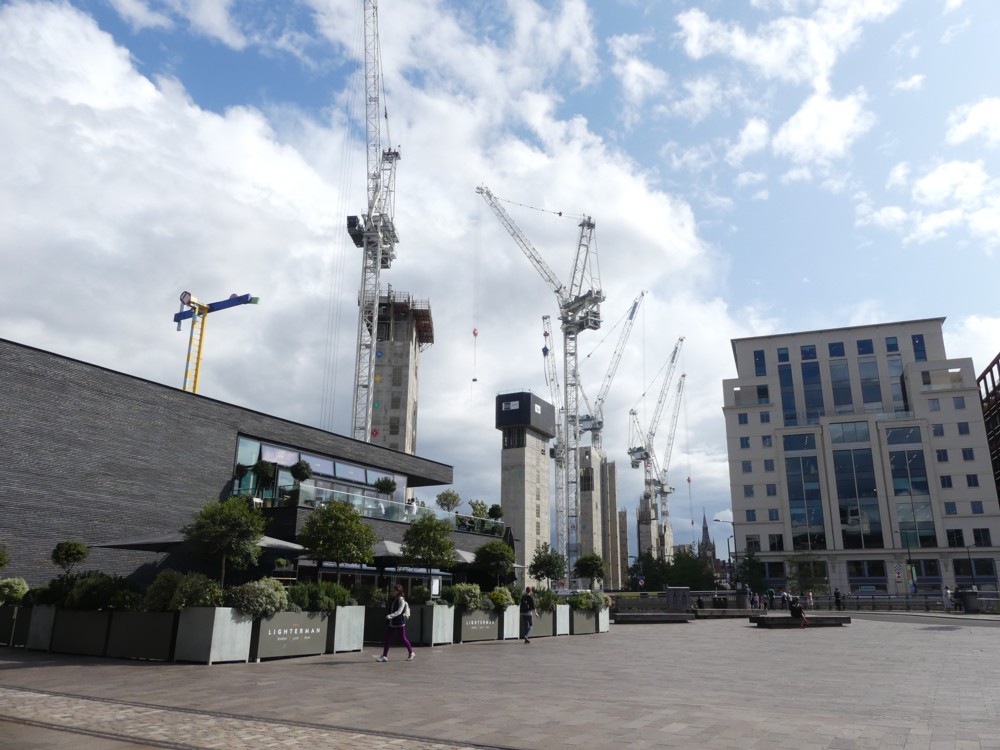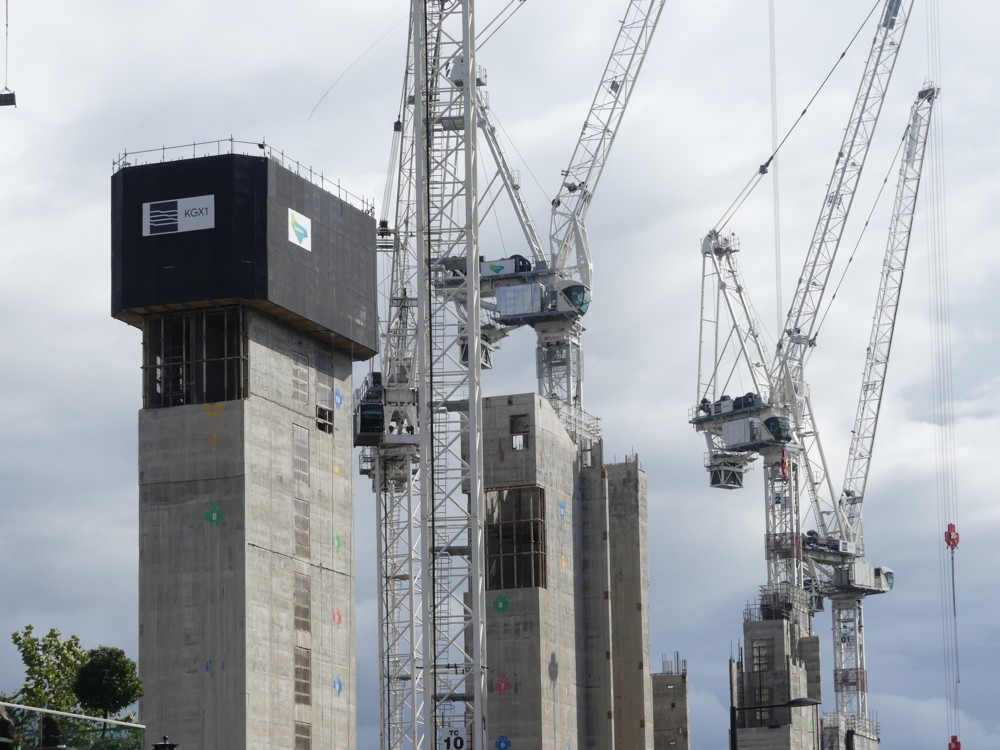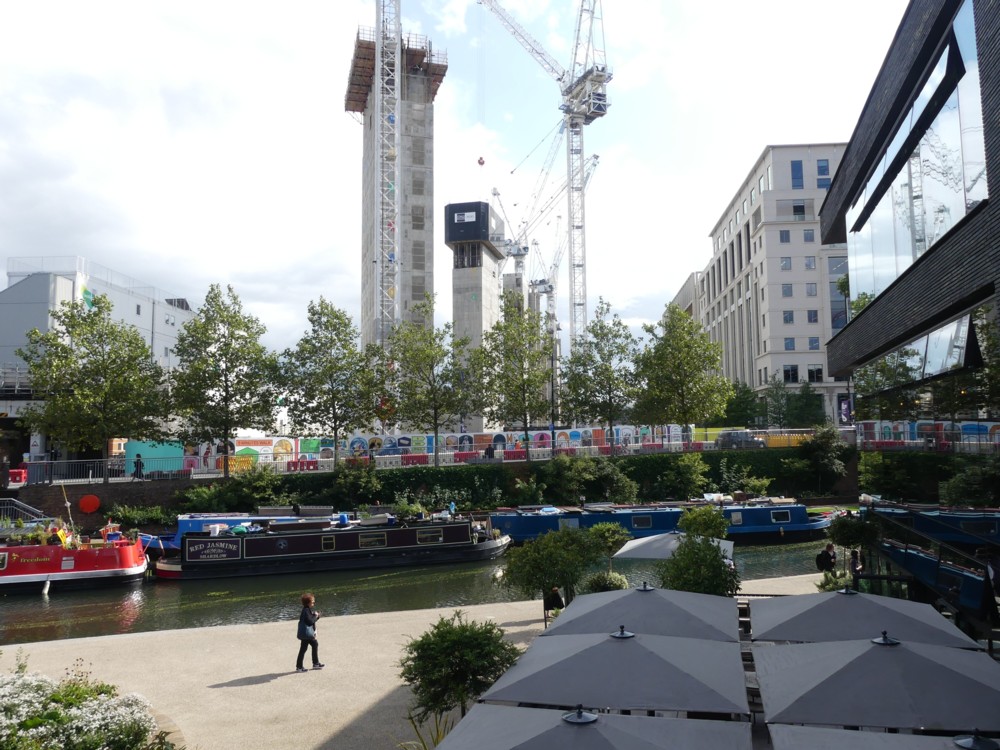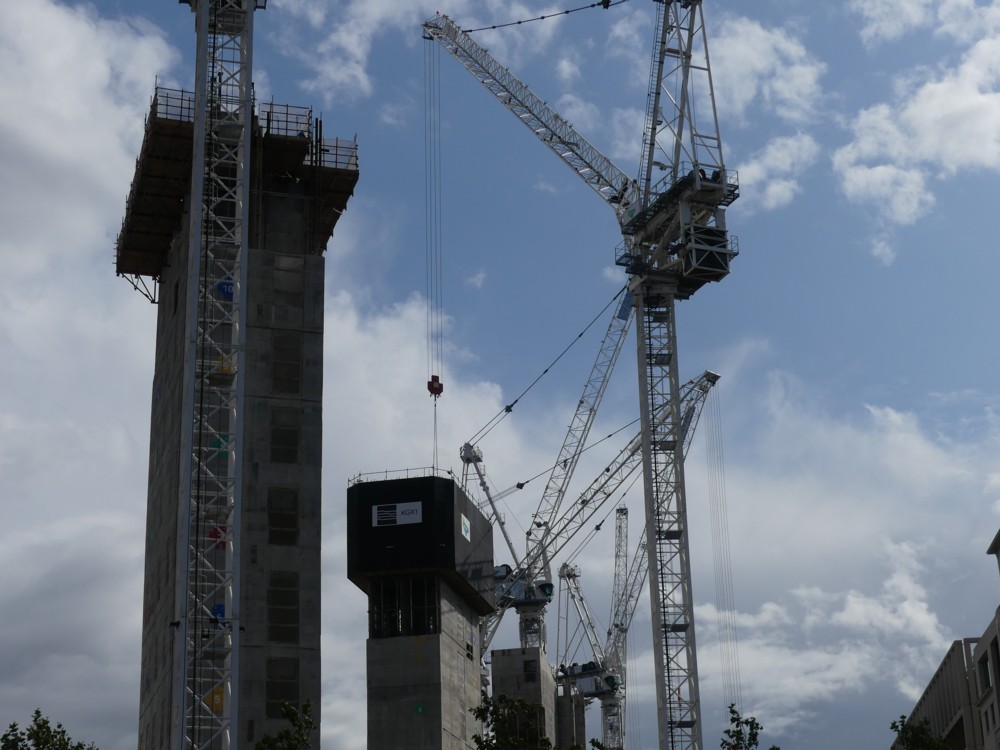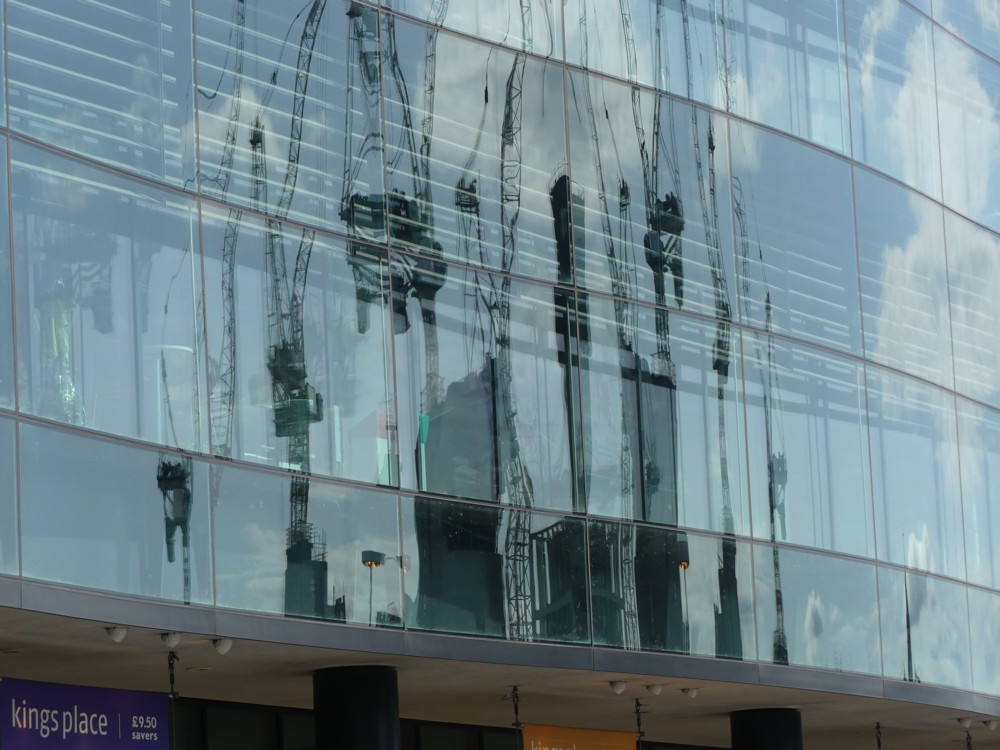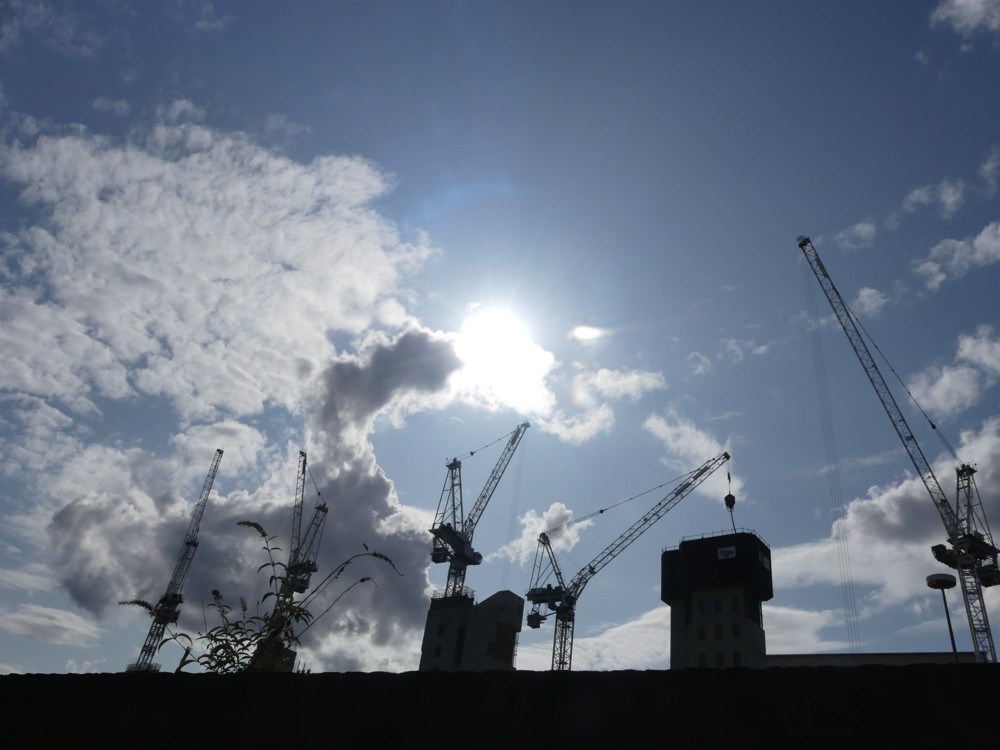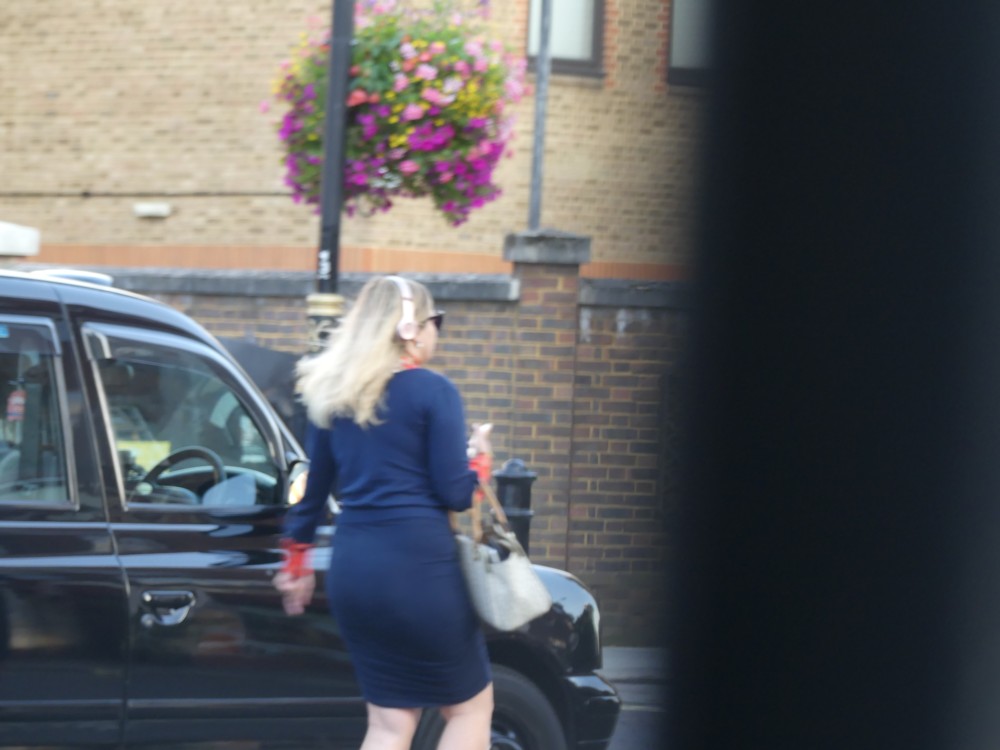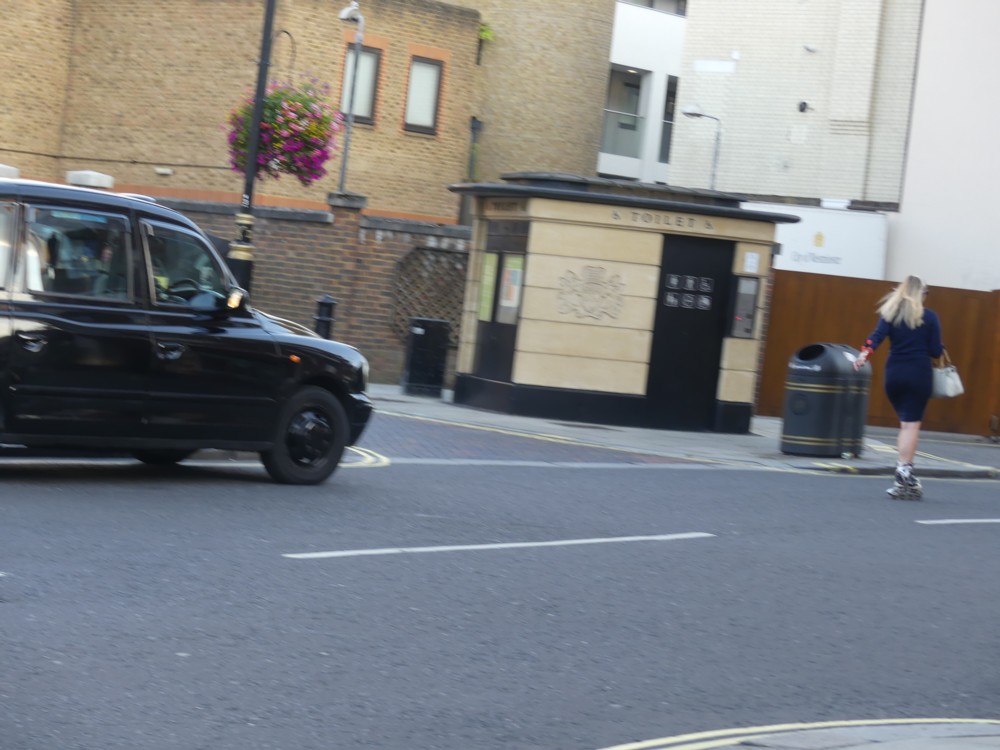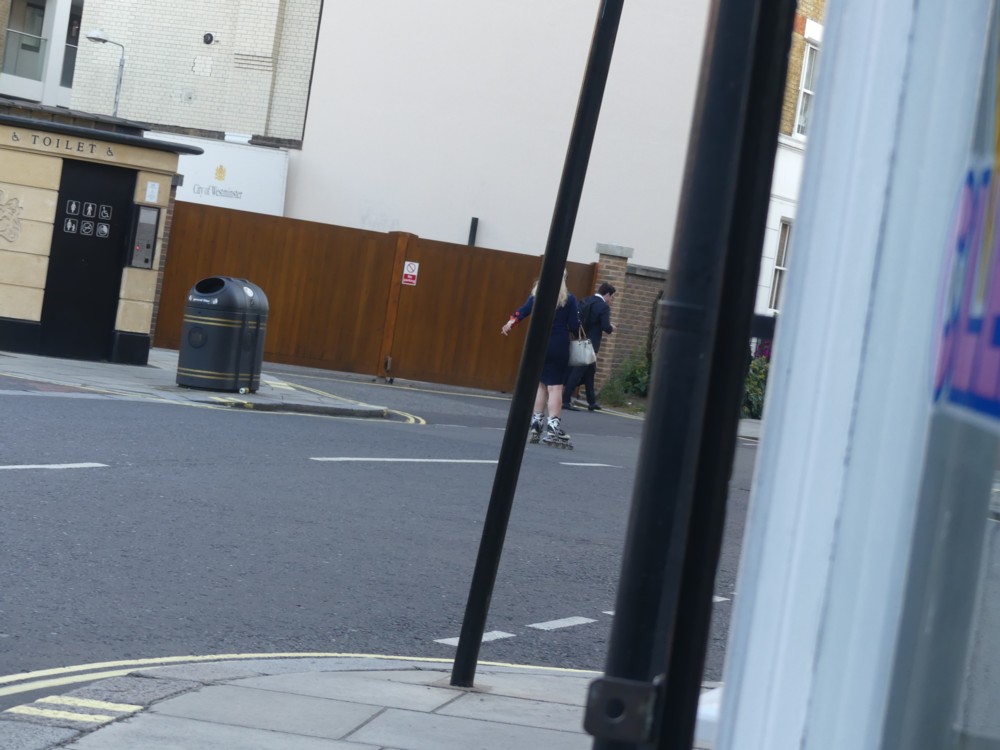You think the London weather’s cold now? (I do.) Then try reading this (as I just did), from The Mammoth Book of How It Happened (my version looks to be this one), in which John Evelyn describes “The Great Frost of London”, of January 1684 (pp. 164-5):
[Sunday] Jan.1st, 1684. The weather continuing intolerably severe, streetes of booths were set upon the Thames; the air was so very cold and thick, as of many years there had not ben the like. The small pox was very mortal …
9th. I went crosse the Thames on the ice, now become so thick as to beare not onely streetes of boothes, in which they roasted me ate, and had divers shops of wares, quite across as in a towne, but coaches, carts and horses, passed over. So I went from Westminster Stayres to Lambeth, and din’d with the Archbishop …
16th. The Thames was fill’d with people and tents, selling all sorts of wares as in the Citty.
24th. The frost continuing more and more severe, the Thames before London was still planted with boothes in formal streetes, all sortes of trades and shops furnish’d and full of commodities, even to a printing presse, where the people and ladyes tooke a fancy to have their names printed, and the day and yeare set down when printed on the Thames: this humour tooke so universally, that ’twas estimated the printer gain’d £5 a day, for printing a line onely, at sixpence a name, besides what he got by ballads, &c. Coaches plied from Westminster to the Temple, and from several other staires to and fro, as in the streetes, sleds, sliding with skeetes, a bull-baiting, horse and coach races, puppet plays and interludes, cookes, tipling, and other lewd places, so that it seem’d to be a bacchanalian triumph or carnival on the water, whilst it was a severe judgement on the land, the trees not onely splitting as if lightning-struck, but men and cattle perishing in divers places, and the very seas so lock’d up with ice, that no vessels could stir out or come in. The fowles, fish, and birds, and all our exotiq plants and greenes universally perishing. Many parkes of deer were destroied, and all sorts of fuell so deare that there were great contributions to preserve the poore alive. Nor was this severe weather much less intense in most parts of Europe, even as far as Spaine and the most southern tracts. London, by reason of the excessive coldnesse of the aire hindering the ascent of the smoke, was so filled with the fuliginous steame of the sea-coale, that hardly could one see crosse the streets, and this filling the lungs with its grosse particles, exceedingly obstructed the breast, so as one could hardly breath. Here was no water to be had from the pipes and engines, nor could the brewers and divers other tradesmen worke, and every moment was full of disastrous accidents.
Feb. 4th. I went to Says Court to see how the frost had dealt with my garden, where I found many of the greenes and rare plantes utterly destroied. The oranges and mirtalls very sick, the rosemary and laurells dead to all appearance, but ye cypress likely to indure it.
5th. It began to thaw, but froze againe. My coach crossed from Lambeth to the Horseferry at Millbank, Westminster. The booths were almost all taken downe, but there was first a map or landskip cut in copper representing all the manner of the camp, and the several actions, sports, and pastimes thereon, in memory of so signal a frost . . .
8th. The weather was set in to an absolute thaw and raine, but ye Thames still frozen.
But before you jump to too many conclusions, based only on this, about how the temperature was lower at that time, note that Evelyn makes it clear how very unusual this weather was. That’s the problem with the average temperature. Few people notice it and write about it. It’s the unaverage stuff that gets most of the attention.

